|
Rufous Hummingbird, immature male, Mt. Lemmon, August 16, 2023. In early August we traveled to Sierra Vista for the annual Southwest Wings nature and birding festival. We spent two days on separate parts of the San Pedro River, a day with Homer Hansen at the monastery in St. David, and a day devoted to hummingbirds led by Kristy Gallo. Kristy is an expert bird guide and one of the caretakers at Ash Canyon Bird Sanctuary in Hereford. Today's post hits the highlights of our hummer day with images captured at the sister canyons, Miller, Ash, and Ramsey. Many thanks to SW Wings and Kristy Gallo for a great day! In this post we will see eight hummingbirds. Seven are considered rare or unusual sightings, for one of three reasons. They live in Mexico, and in the summer occasionally come north across the border, or they winter in Mexico and breed to the north including a small portion of Arizona, or they are migrating south from breeding grounds to the north. Let's start with four that are considered largely Mexico residents but can be seen in Arizona in August: White-eared, Plain-capped Starthroat, Berylline, and Lucifer's. Note that only one of these four (Lucifer) has an entry in All About Birds, Cornell's free website that is so useful for information on birds of the U.S. However, Birds of the World, a subscription site has extensive information on all four, and has been my reference for this post. White-eared HummingbirdCanon R7, RF 100-500mm at 106mm, f/7.1, 1/2000, ISO 25,600, +2 EV. On August 3rd we started shortly after 7 am in Miller Canyon at the Beatty's Guest Ranch. Here we spotted the White-eared Hummingbird, a resident of Mexico and Central America. The perched bird above is likely a male.
Canon R7, RF 100-500mm at 363mm, f/7.1, 1/2000, ISO 10,000, +1 2/3 EV. The White-eared is medium-small with a straight red bill, broad at the base and tipped black. The bird's name comes from its distinctive head pattern: black with a bold stripe behind the eye extending to the sides of the neck, looking like white "ears." In adults the sexes are similar in pattern, but females are duller. The perched birds above and below are likely females, or just victims of poor lighting! The images here show good feather and bill detail. Below, a White-eared coming in for a landing, with distinctive white stripe and black-tipped red bill. Canon R7, RF 100-500mm at 200mm, f/7.1, 1/2000, ISO 16,000, +2 1/2 EV. Plain-capped StarthroatCanon R7, RF 100-500mm at 500mm, f/7.1, 1/500, ISO 800, +2 1/2 EV. Plain-capped Starthroats are large hummingbirds with long straight bills, residents of Mexico and Central America. The two sexes are similar with a white stripe below and behind the eye, a pink/orange/red throat depending on the light, a short tail, and a white stripe on the rump. This bird was making the rounds, visiting the Ash Canyon sanctuary about every 90 minutes. He was arriving on the same branch above the feeders, then flying to feeder #3, then going to his next stop, only to visit again in a hour or so. I would love to know his daily schedule! As soon as he arrived, the call went out to the group, and I was able to capture him on his favorite branch, then at the feeders.
Canon R7, RF 100-500mm at 500mm, f/7.1, 1/2000, ISO 3200, +0 EV. Canon R7, RF 100-500mm at 500mm, f/7.1, 1/800, ISO 3200, +0 EV. Above, the Starthroat takes off from the feeder showing off the short tail and stripe on the rump and back. Canon R7, RF 100-500mm at 500mm, f/7.1, 1/800, ISO 4000, +0 EV. Above and below, the Starthroat hovering at feeder #3 during his short visit. In the frame below we can see that this is a popular bird for photographers. No, I was not shooting into a mirror! Berylline HummingbirdCanon R7, RF 100-500mm at 500mm, f/7.1, 1/1000, ISO 12800, +1 EV. The Berylline lives in Mexico and parts of Central America in the foothills and highlands of oak and pine-oak forests, including forest edges, scrub, and clearings with trees. This bird was spotted as a "regular" in Ramsey Canyon just in front of the Nature Conservancy building. In the series that follows this Berylline scratches his left face with his left leg. I love catching birds doing fun things, yawning and scratching being two of them. (And, yes, birds do yawn!). Lucifer's HummingbirdCanon R7, RF 100-500mm at 500mm, f/7.1, 1/800, ISO 1250, +1/3 EV. The Lucifer Hummingbird is a medium sized humming bird with a long decurved bill (curves down at the tip) and a bright gorget in the male, as shown above. The bird was named Lucifer in 1827 by William Swainson, likely referring to the latin word luciferous meaning bringer of light, and referring to the bright purple gorget. A male at Ash Canyon on August 3, 2023, showing off his decurved bill and bright gorget. The gorget's color and intensity will vary as the bird rotates his head, changing the angle of incident light against the feathers. The photographs that follow were captured in August of 2017, when the bird sanctuary was owned by Mary Jo Ballator. Mary Jo was convinced that the Lucifer would only come to glass single feeding stations, like the one shown below. It turns out they are not so picky and currently chow-down with the rest of the crowd at the common red plastic feeders. For more on the history of the Ash Canyon Bird Santuary, click this link. Canon 7D MkII, Sigma 150-600mm at 283mm, f/5/6, 1/1250 sec, ISO 100, +1/3 EV. In the image below, good detail of the back, and the forked tail, which is not always evident. The next two species, the Violet-Crowned and the Broad-billed Hummingbird have ranges similar to the 4 rarer breeds above, but are present in larger numbers in Arizona. Violet-crowned HummingbirdCanon R7, RF 100-500mm at 300mm, f/7.1, 1/2000, ISO 10000, +1 EV. The Violet-crowned Hummingbird winters in western Mexico and breeds as far north as SE Arizona. It is a striking bird with white underparts, bluish-violet crown and red bill. In Arizona it nests in Arizona sycamore, limited to riparian zones. We see it here at the Beatty Guest Ranch in Miller Canyon, but it is a regular visitor to the Paton Center for Hummingbirds in Patagonia.
Broad-billed HummingbirdCanon R7, RF 100-500mm at 238mm, f/7.1, 1/2000, ISO 20000, +3 EV. Above, male Broad-billed Hummingbird in Miller Canyon, August 3, 2023.
Canon R6, RF 100-500mm with 1.4 Extender at 700mm, f/10, 1/800, ISO 20000, +2/3 EV. Above, a male Broad-billed at flowers in Portal, Arizona, August 26, 2022. Below a female waiting for water in mid-town Tucson, June 20 2023. For the photo geeks: The image below was shot at 5:40 pm with the setting sun over my left shoulder providing direct light on the bird. With exposure compensation the background went into darkness. Canon R7, RF 100-500mm at 400mm, f/6.3, 1/1000, ISO 1250, -2 EV. Canon R7, RF 100-500mm at 400mm, f/6.3, 1/1000, ISO 1250, -2 EV. Below, a male in Madera Canyon, March 13, 2018. The male has a sight white spot behind the eye, but not the more dramatic eye stripe of the female, above. Also note the difference in color of the breast. Canon 7D MkII, EF 100-400 with 1.4 Mk III extender, f/8, 1/320 sec, ISO 640, +1/3 EV. Next, let's look at 2 species we see in SE Arizona during their migration, the Calliope and the Rufous. Calliope HummingbirdCanon R7 RF 100-500mm at 363 mm, f 7/7.1, 1/2000, ISO 6400, +2EV The Calliope Hummingbird breeds in the Pacific Northwest and Canada, and winters in southern Mexico. The male has a very distinctive gorget with a burst of magenta rays, seen above in Miller Canyon on August 3, 2023. The female, shown below, has a buffy breast, a black crescent before the eye, and white at the upper base of the bill in front of the crescent. The female Calliope and female Broad-billed look much alike, but the Calliope is smaller in size, with markings as noted above, and a shorter bill than the Broad-billed. * Calliopes are the smallest bird in the United States, weighting one-third the weight of the smallest warbler, about the weight of a ping-pong ball (ref: All About Birds). *As always, my thanks to Jeff Babson for always being there to help me on bird ID. I was able to use this image and make the correct ID thanks to his sharp eye and detailed knowledge of the species. The Calliope is a long range migrant, traveling about 5,000 miles each year from wintering to breeding grounds. Their route is similar to the Rufus (next bird, stay tuned!), going up the Pacific Coast in the spring, and returning along an inland route in the Rocky Mountains. These paths are likely dictated by the supplies of insects and flowers, more abundant on the Pacific Coast in the spring, and in the mountains in late summer. Two range maps are shown below, the one on the left from data collected over many years, showing wintering and breeding grounds, and the one on the right from eBird showing sightings over the course of a year, which includes the migratory route. It is truly remarkable that a bird this small travels so far, year after year. Rufous HummingbirdCanon 7D Mk II, EF 100-400mm at 560mm, f/8, 1/250 sec., ISO 400, +1/3 EV. Our last Hummer of Summer is the Rufous, another long range migrant, and a regular on Mt. Lemmon in mid to late summer. Like the Calliope, the Rufous winters in southern Mexico, and travels up the Pacific Coast in the spring to breed in the Pacific Northwest including Canada. In the fall they return to Mexico via the Rocky Mountains, stopping off in SE Arizona along the way. The males return first, and can be spotted at feeders in Summerhaven in early July. The images above and below are males, captured in Hereford at Battiste's Bed Breakfast and Birds in March of 2018. These males are likely stopping off to feed on their way north to breed. The male Rufous is bright orange on the body and belly, with a orange gorget that changes color with the incident light, and a ruff of white at the neck and tail. Females and immature males look similar, greenish in color with rusty flanks, rusty patches on a green tail, and often a spot of orange on the throat. In the first three images of a male in this section, above and below, we can see how the color of the gorget changes depending on the angle of the incident light. Canon R7 RF 100-500mm at 348 mm, f 8, 1/1000, ISO 2500, +2/3 EV. Canon R7 RF 100-500mm at 363 mm, f 7/7.1, 1/2000, ISO 6400, +2EV. Above, a female or immature male hovering at the feeders in Summerhaven this summer, July 22, 2023. Rufous are very aggressive at feeders, often harassing other hummingbirds to protect a feeder for themselves, even when not actively feeding. This behavior may have positive survival value for a long distant migrant who needs to protect food sources in many locations, coming and going. Canon R7 RF 100-500mm at 100 mm, f 6.3, 1/4000, ISO 3200, -1/2EV Image above, captured August 16, 2023, Summerhaven. This is likely an immature male given the incomplete gorget. Note that all Rufous need to migrate, so even fledglings that are new to the game must travel 1,000's of miles south soon after birth. Image above, a female or immature male at the feeder, August 20, 2023. Below, a female or immature male coming in for a landing. This is one of my favorite images of the lot. Any day I will go with a picture that puts a smile on my face. This is one of them! That's it for the Hummers of Summer.
Stay tuned for more, soon! Happy Trails!
10 Comments
Heidi B Harley
9/4/2023 09:32:29 pm
That’s a very smile-inducing picture of the hummer landing at the end! What fun! I also had no idea the rufous was such a long-distance migrator!
Reply
Deb Locke
9/5/2023 07:32:50 am
These are magnificent images, Henry, and I will keep this set to refer to again and again for the clear comparisons. Thank you for your generosity in sharing. You can find me at Patagonia-Sonoita Creek Preserve this fall and early winter, where we also enjoy Violet-crowned hummingbirds as regular visitors!
Reply
Linda Currin
9/5/2023 10:06:56 pm
My favorite birds, and I thank you for making me smile in wonder at these magnificent creatures, especially those I would never find on Mt. Lemmon. You make my life brighter to be able to see these special tiny birds up close, Henry.
Reply
Deb Bauer
9/7/2023 11:43:58 am
Thank you both Henry and DJ, what you do for us in your posts, it's very much like a Thanksgiving Dinner. There is a lot of prep and long hours of work to prep and produce a meal fit for Kings & Queens that is devoured in all of 15 minutes. (Your posts also offer so many links, our dessert to tease us into chasing these locations on our own time.) It only seems fair to offer you a long reply to express my appreciation for the hours of pssion that you have shared with all of us. It seems that speinding time on your hosted tour by SW Wings has paid off visiting the listed canyons you've described. Your images target the field markers of the species. This is one of the key aspects of your blog, IMO, is your ability to take these images with such fine details that include the markings to know the differences between these species when spotting for them. The Ash Canyon Bird Sanctuary seems to be a true find. Another asset to your blog, the links you include to these areas are very informative. I opened the link to the website, in this case, at Ash Canyon I had no idea that SABO hosts a Hummer Banding schedule available to the public. (The link offers a great read of how this place was established.), these are nice links to have. In the image of the White-eared hummer it's a very fluffed or puffed feathered bird, don't see that but maybe in one of your others species in this blog post. In your images of the White-eared hummer the varied coloring of the feathers is unbelievable to me. And.... the feather colors are not from having that flash of light making them glow, the feathers seem to be pornouncing color on their own. This one is reminiscent of a Peacock colors to me. Now visiting your Plain-capped Starthroat it seems to be a skinny species yet his bill is so large you'd think he'd be eating plenty, again you've captured the field makers on the head, throat, rump and back helping us to identify this hummer. The next species of hummer, the Berylline hummer, I'd have to hang a blue ribbon. I know your goal is not primarily to make the image the target of your blog but it is a blue ribbon image, IMO.
Reply
Deb:
Reply
Deb Bauer
9/7/2023 12:47:48 pm
a 2nd reply. whoops, my reply got cut off. A lesson to me to either look for the counter as I type or to get to the point. LBad habit, being long winded. Thanks again.
Reply
Charles van Riper III
9/7/2023 05:35:38 pm
Another very nice job Henry - you have to love those hummers - still up on Mt Lemmon when many of the other species have already migrated. Wonderful pictures with very accurate text!!
Reply
Donna Schotter
9/15/2023 03:25:57 pm
Thank you so much, Henry, for such great photos and informative descriptions of these little beauties! We do enjoy them at our feeders on the mountain! I don’t know if you have ever seen the book, “Hummingbirds Their Life and Behavior”, text by Esther Quesada Terrell and photos by Robert A Terrell. It has a lot of photos to help with identification. Many we will never see here but interesting know about them.
Reply
Leave a Reply. |
AuthorHenry Johnson, photographer and author of this site. For more detail, see About
Categories
All
Archives
July 2024
|
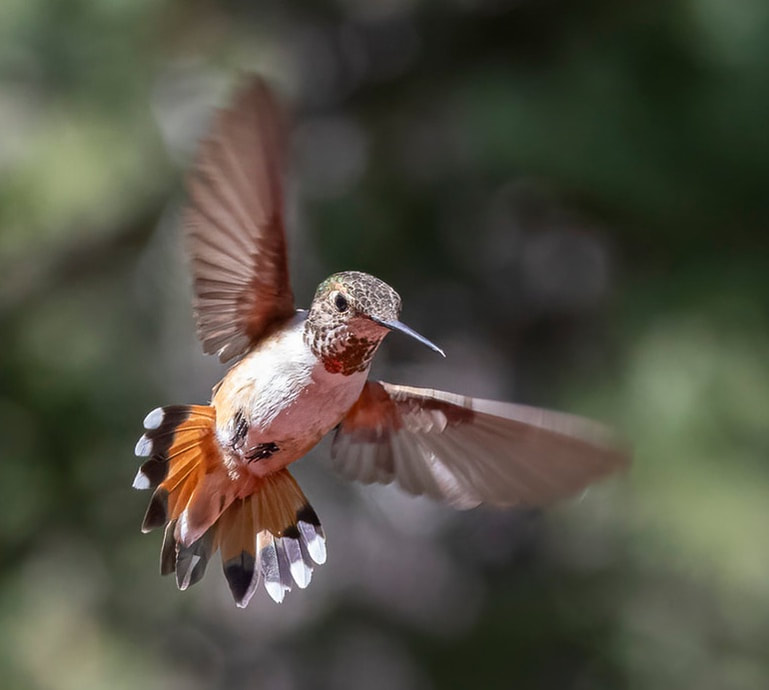
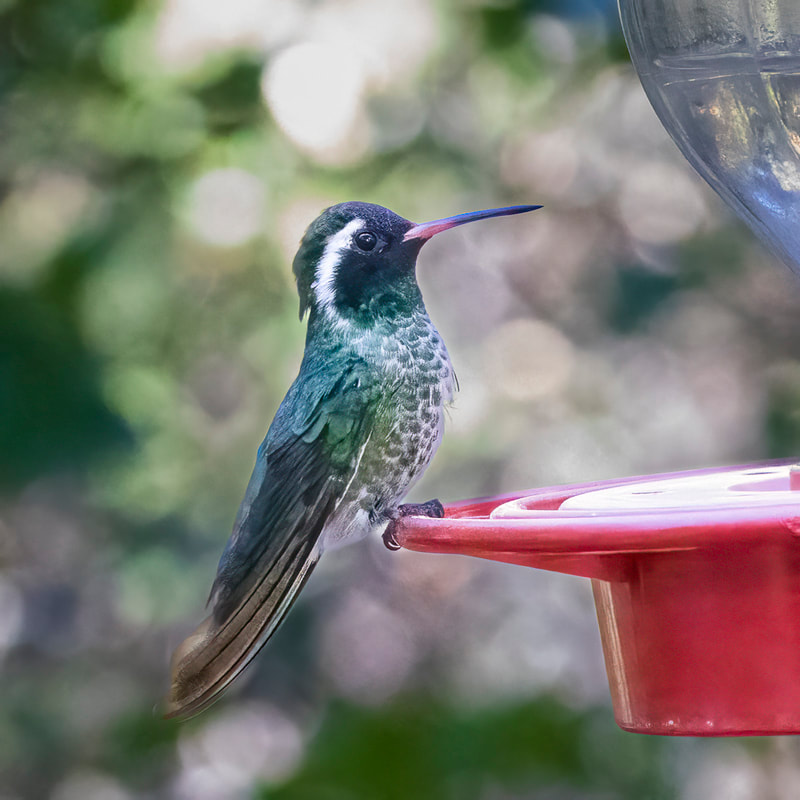
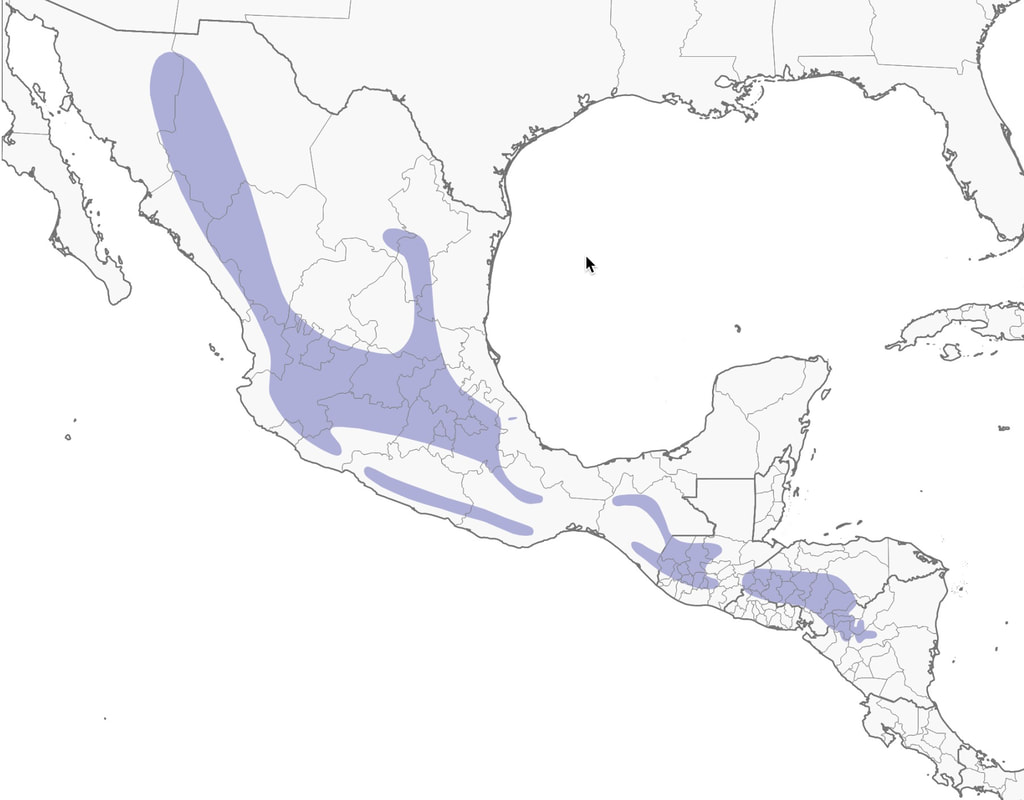
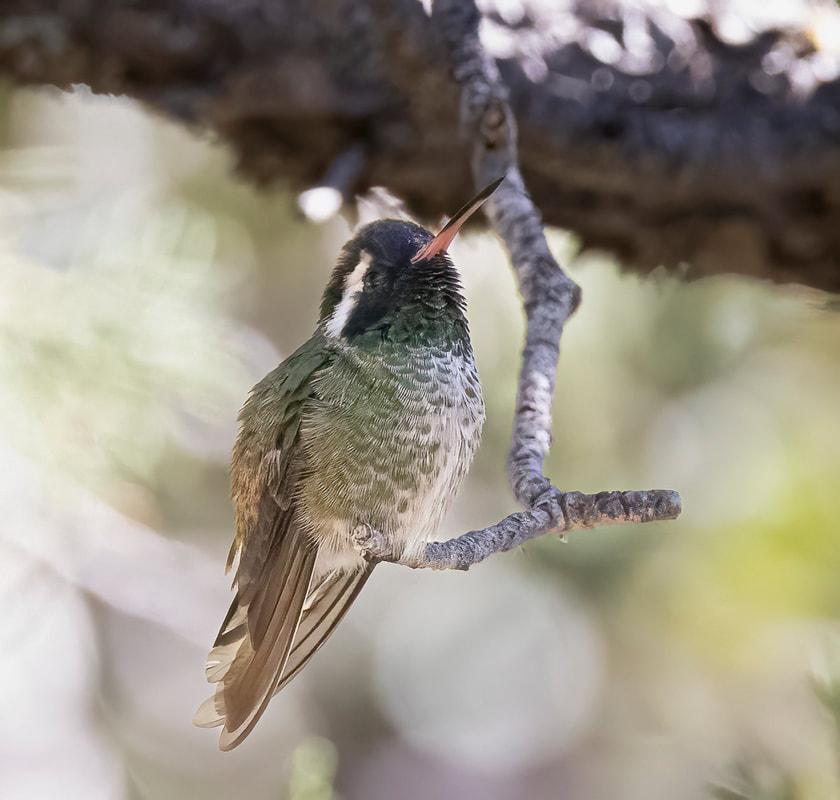
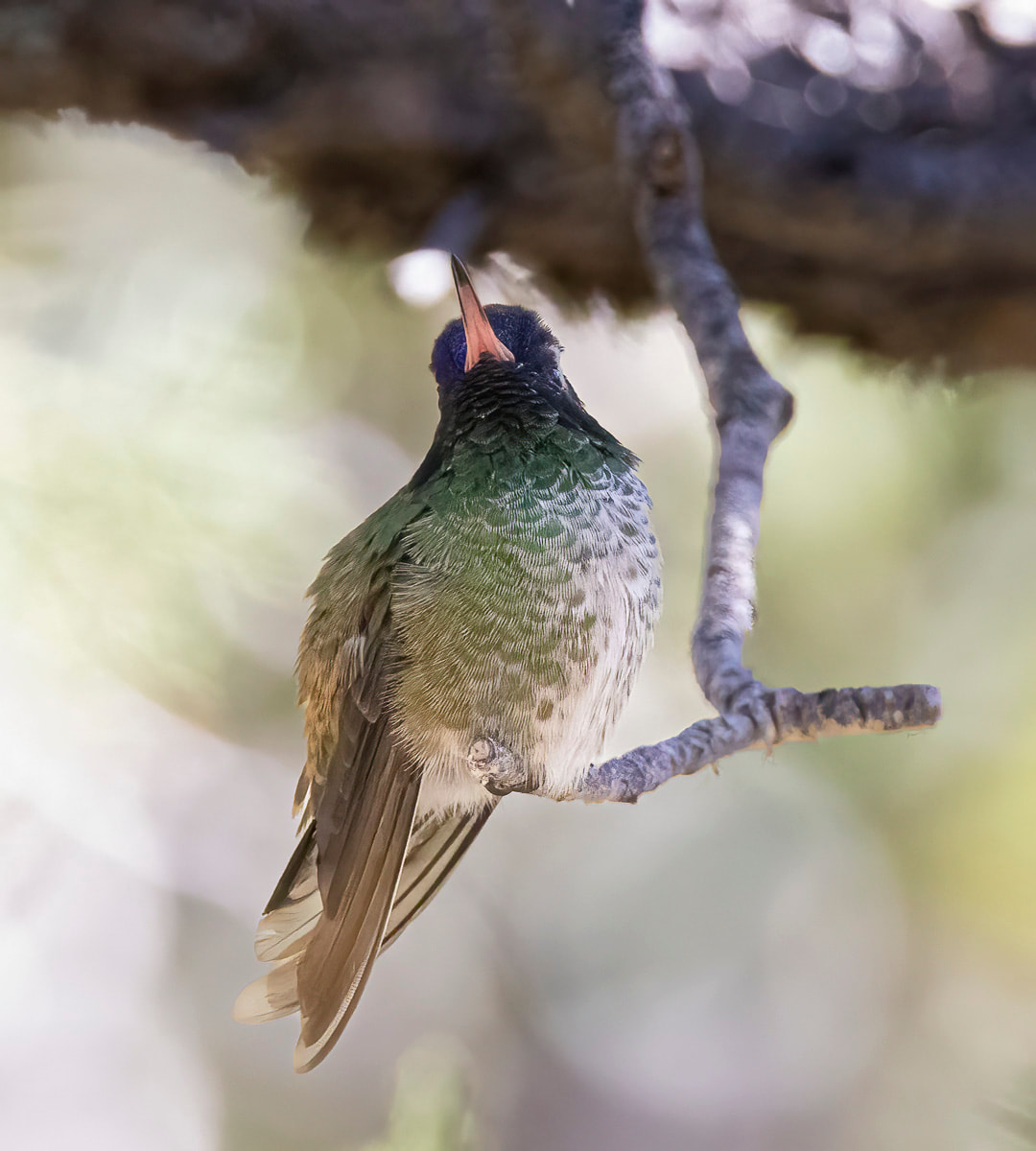
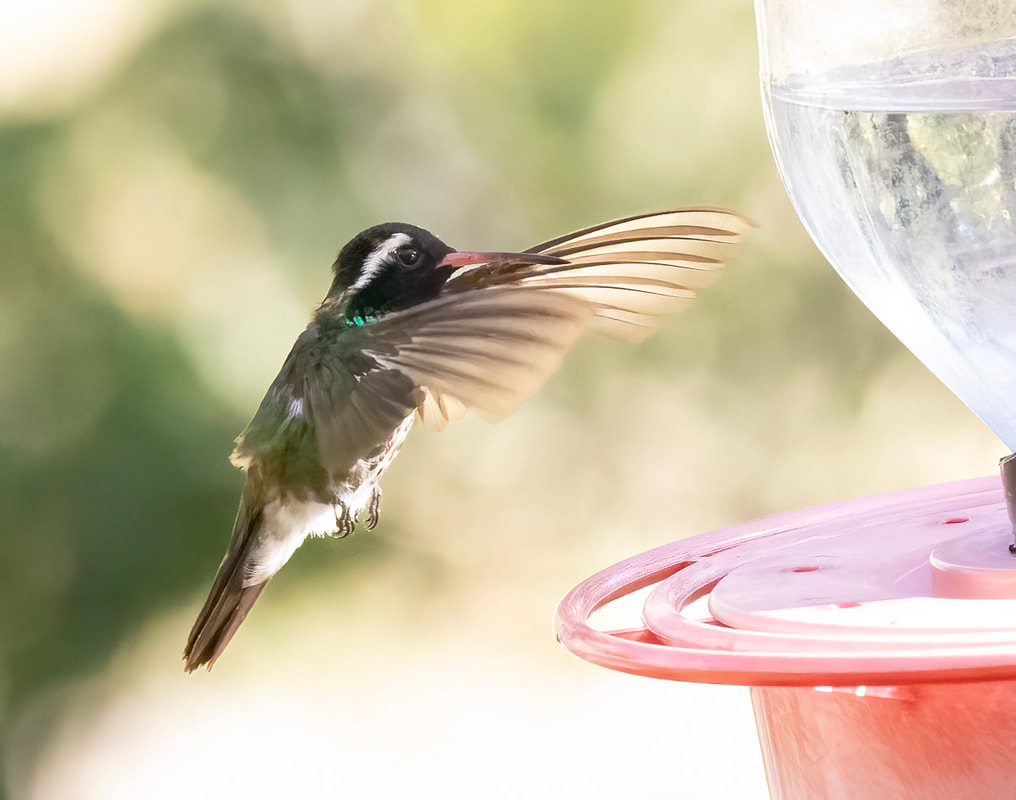
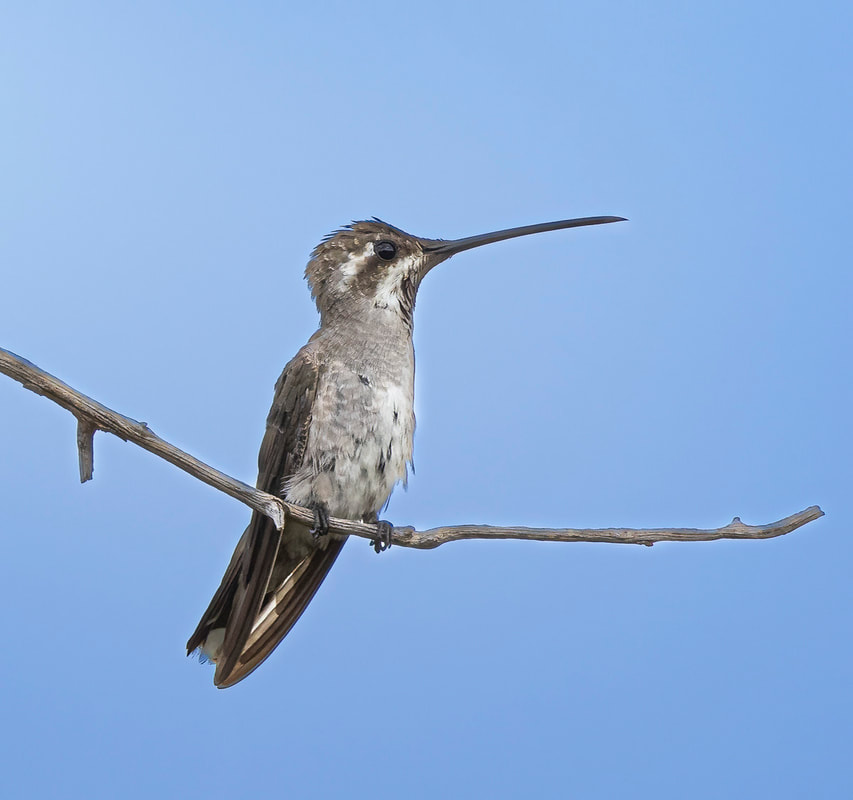
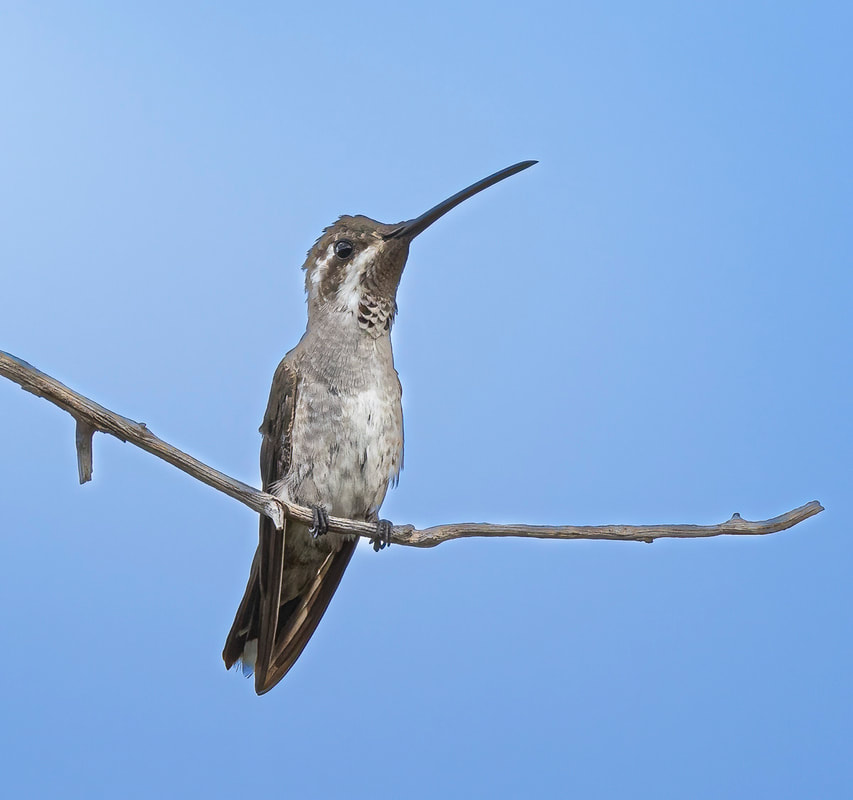
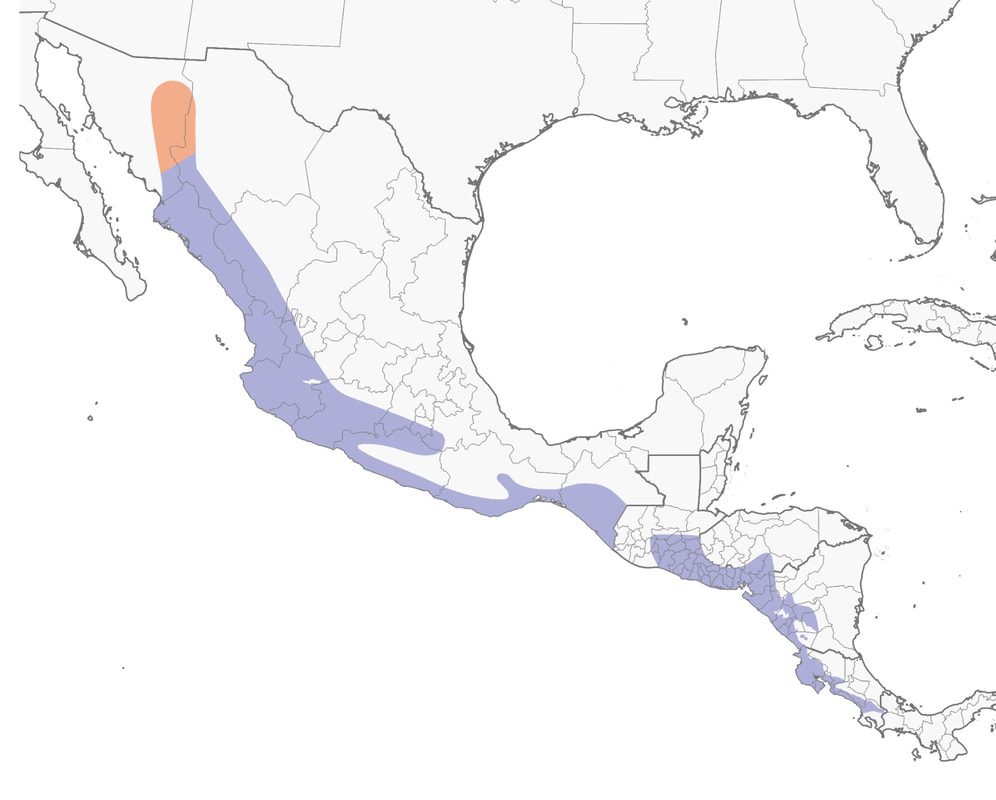
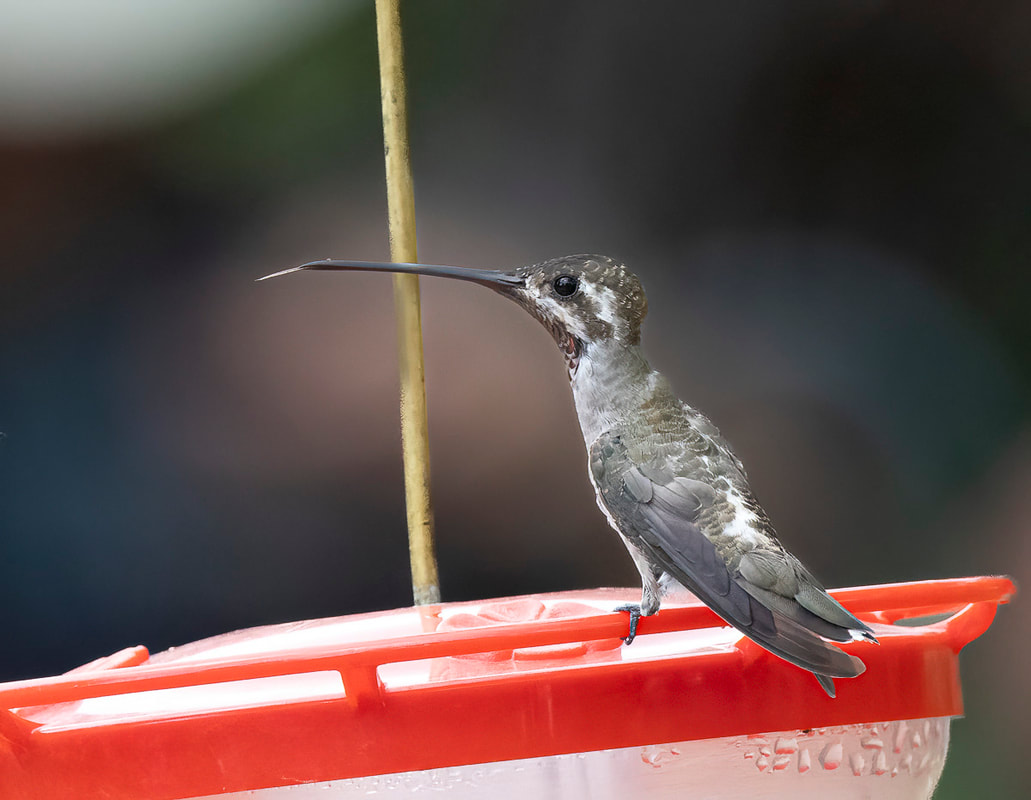
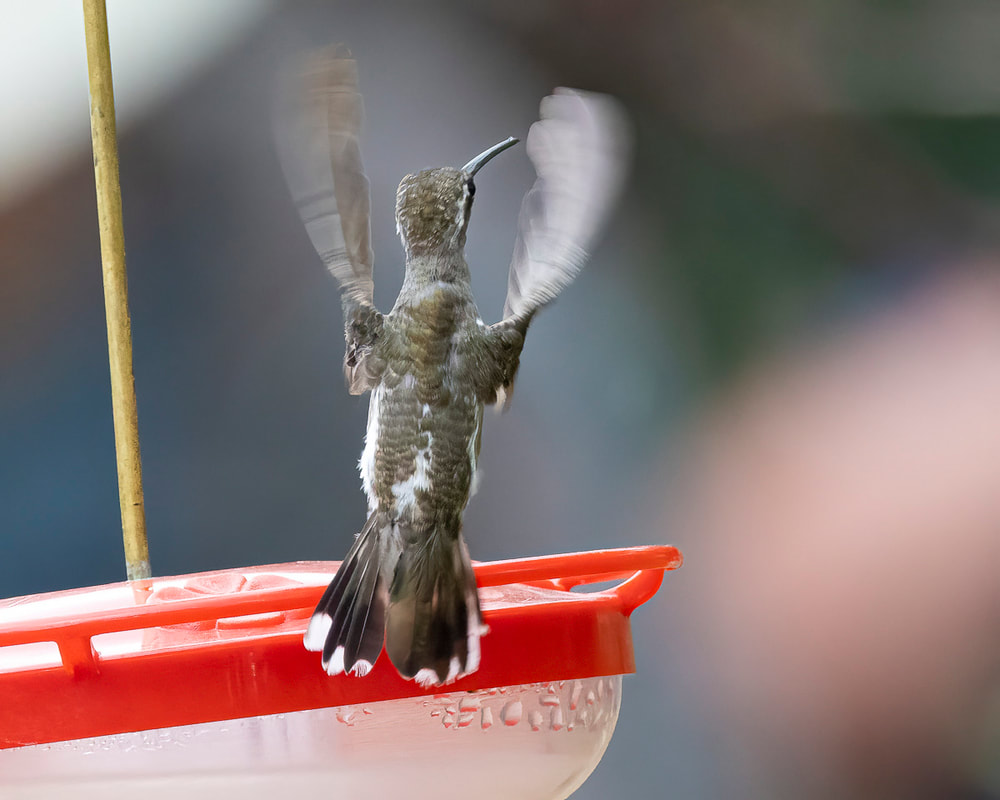
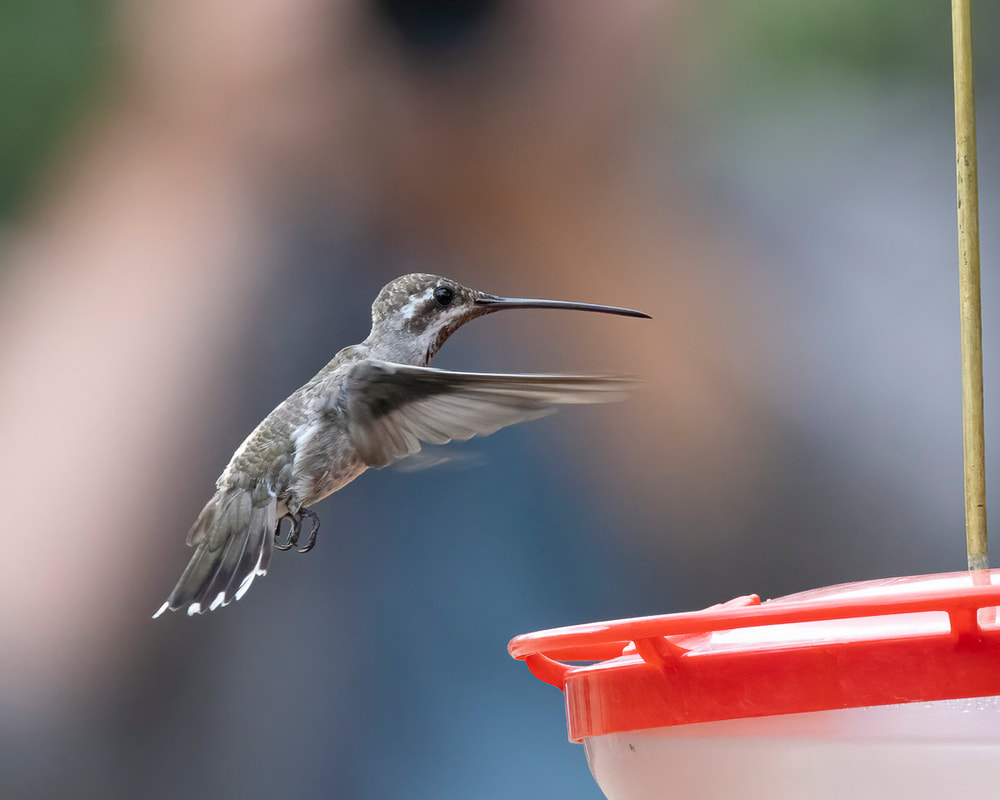
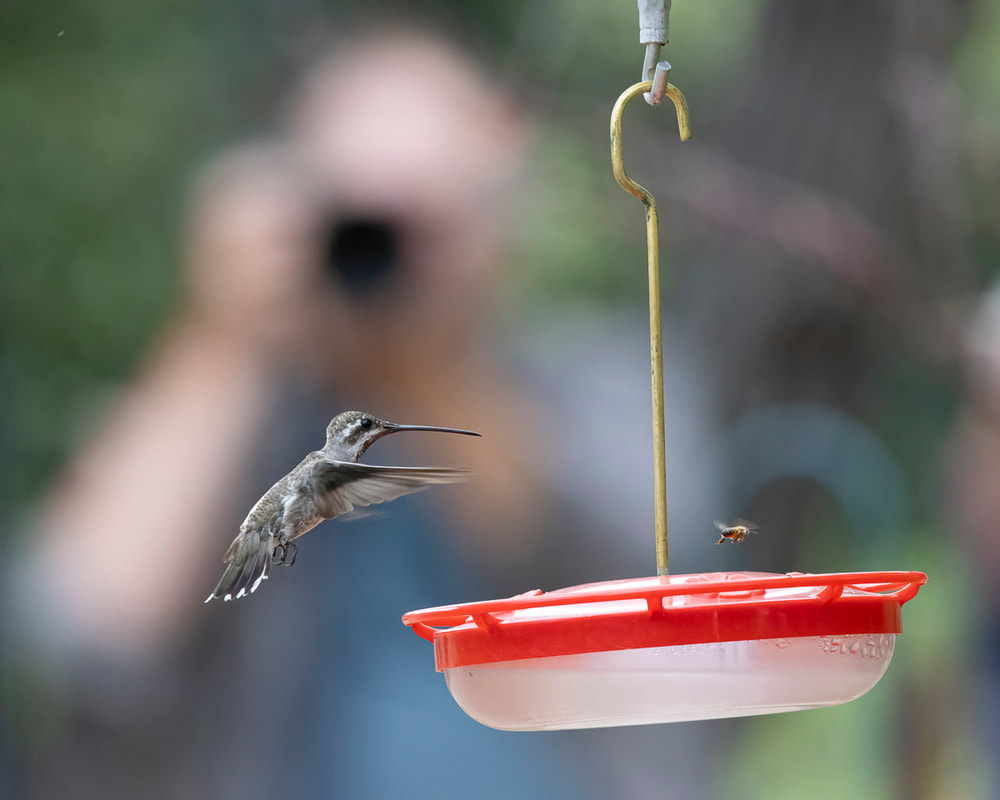
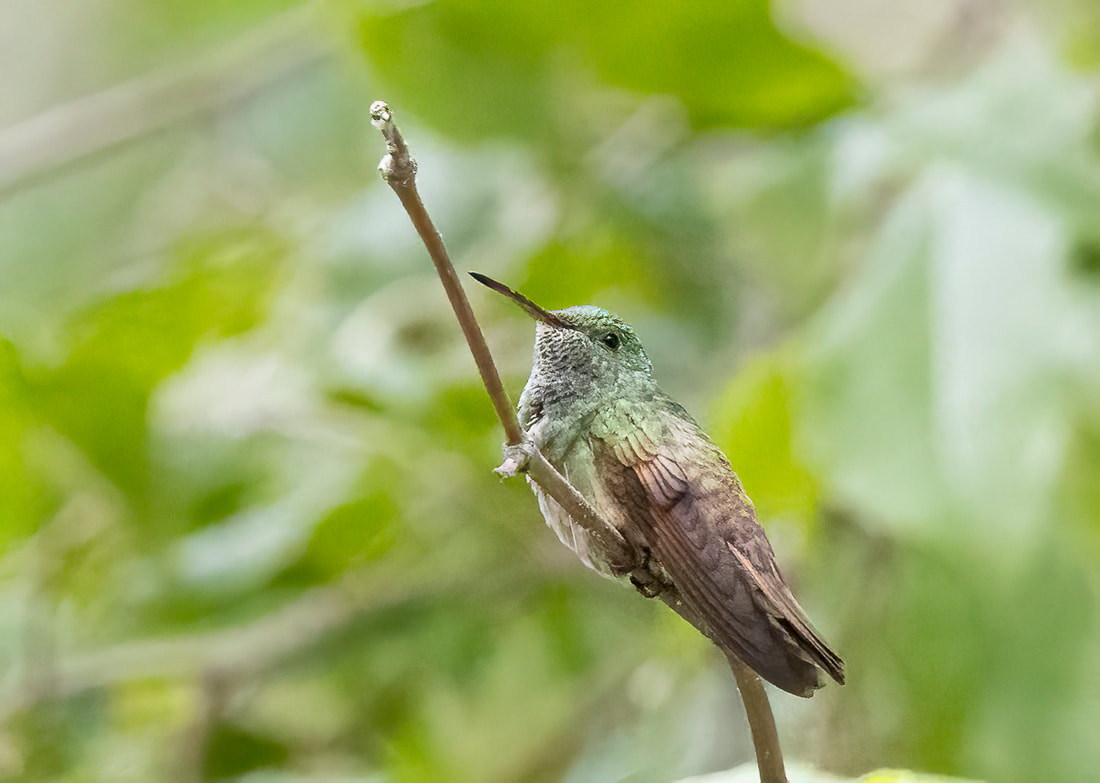
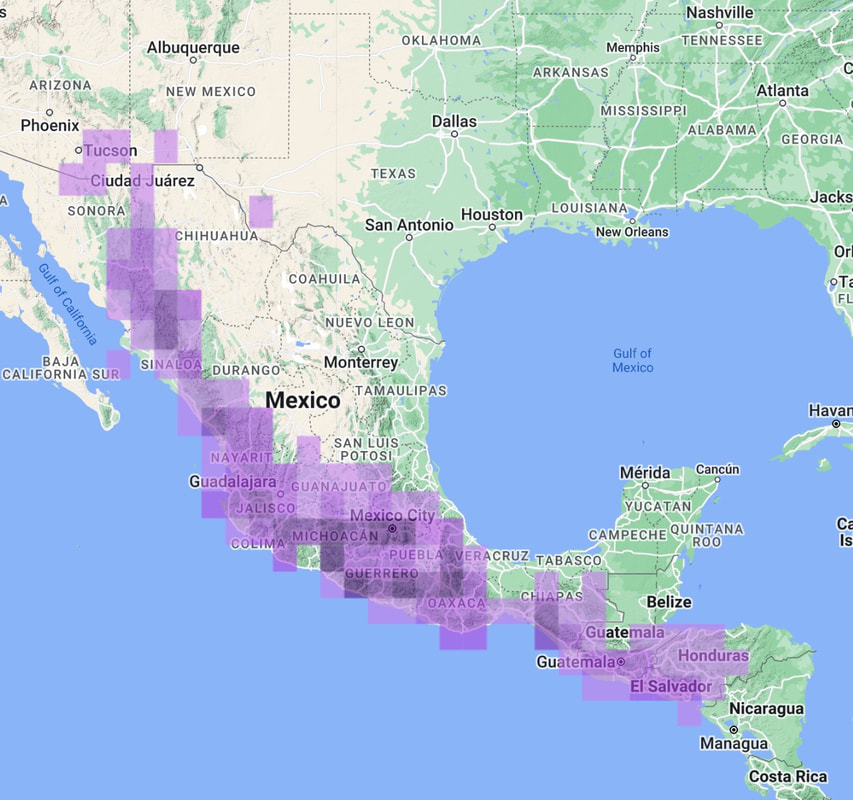
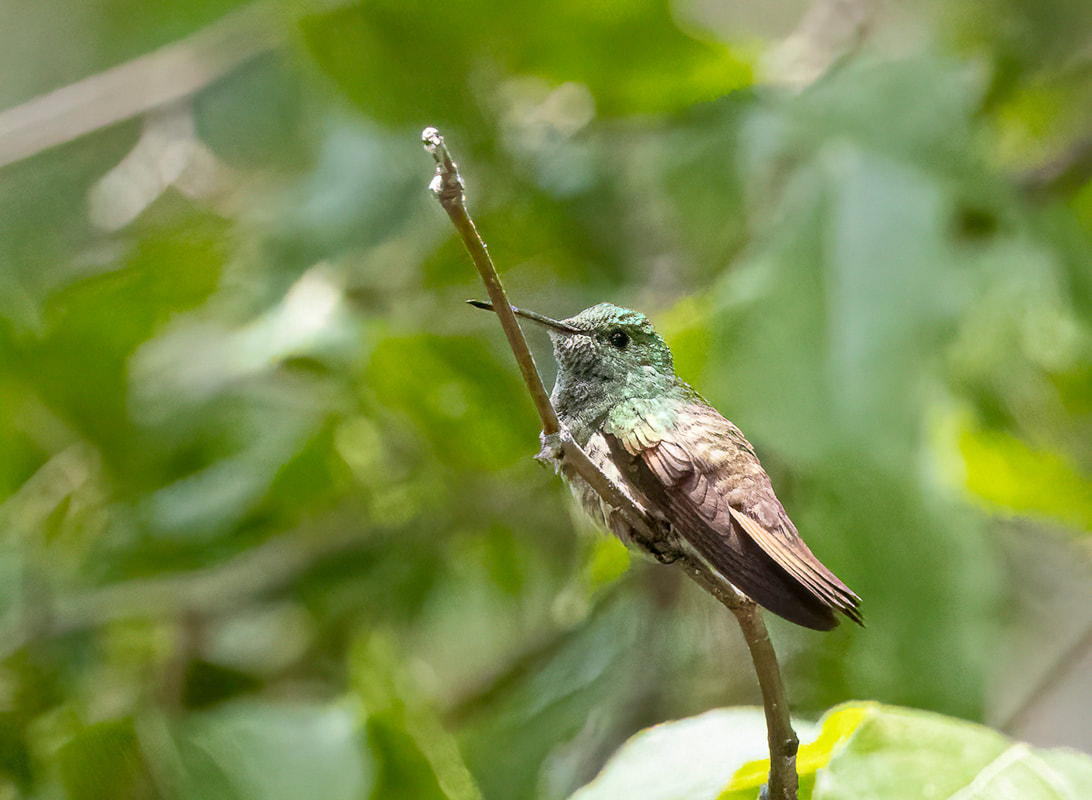
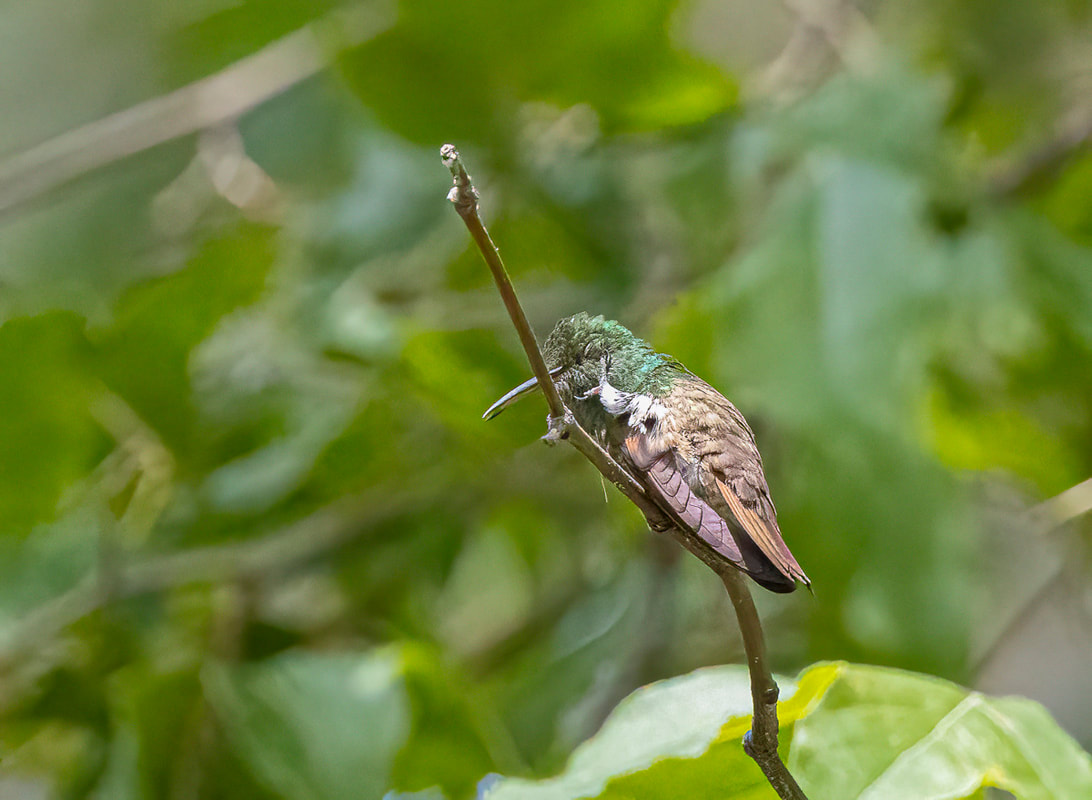
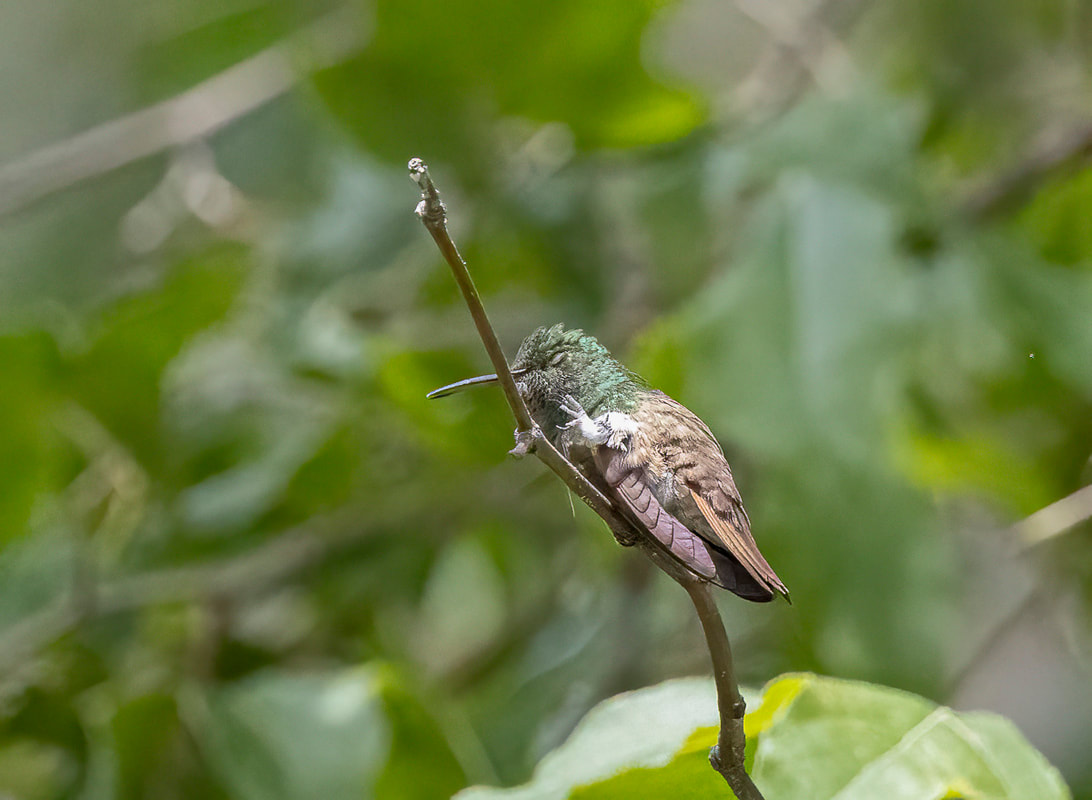
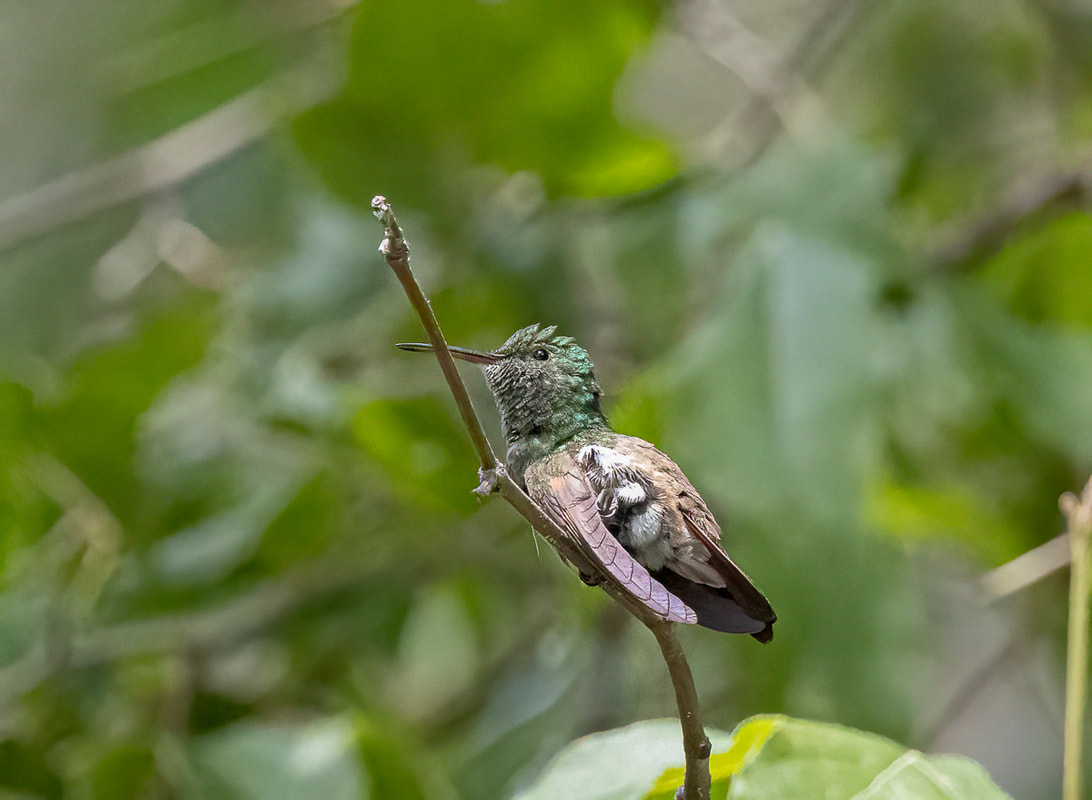

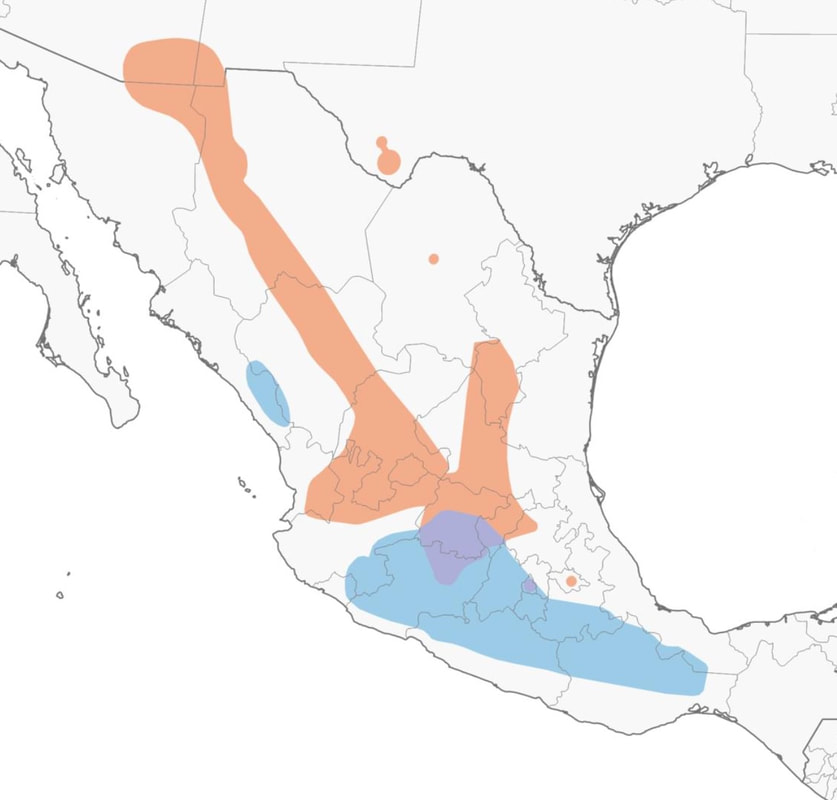
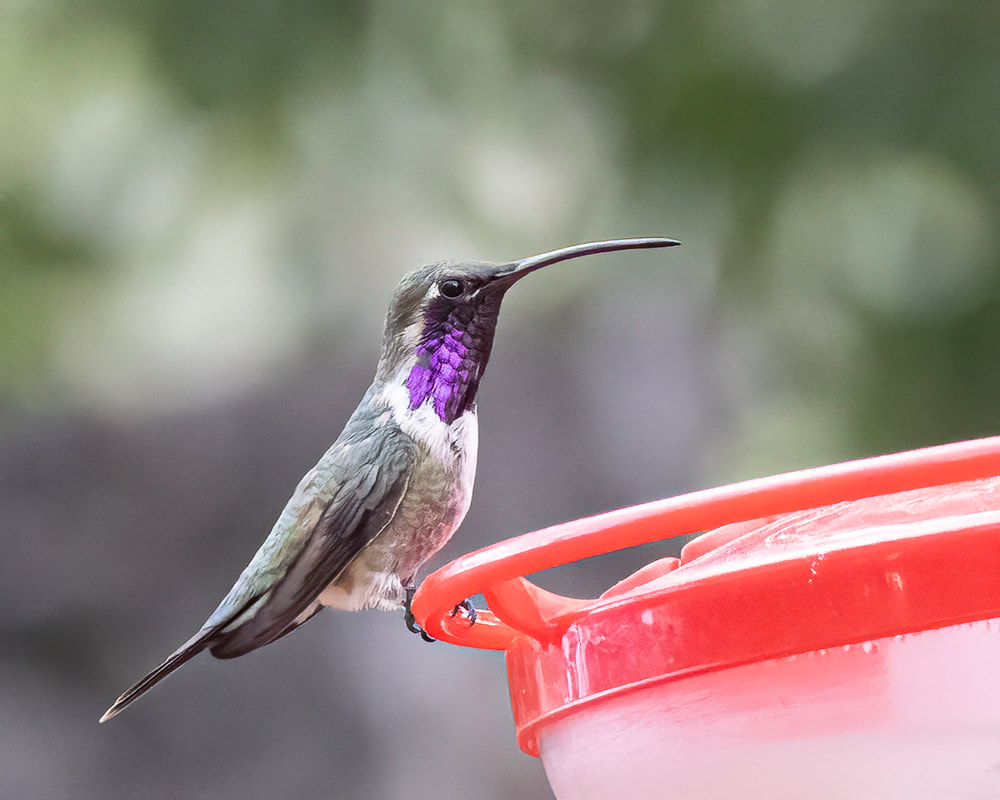

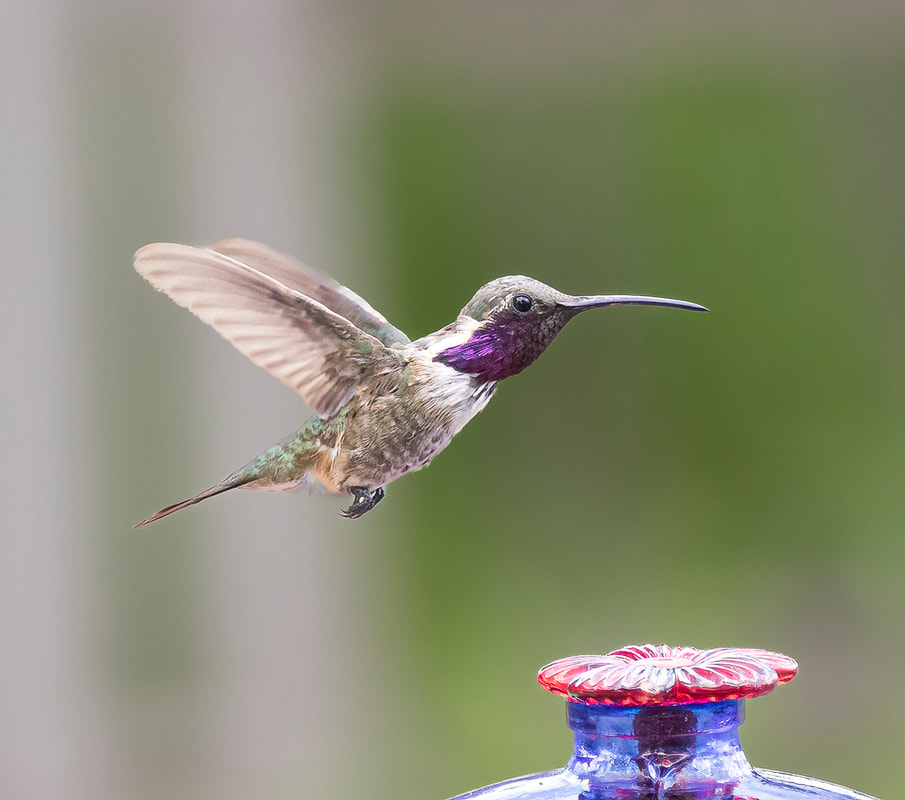
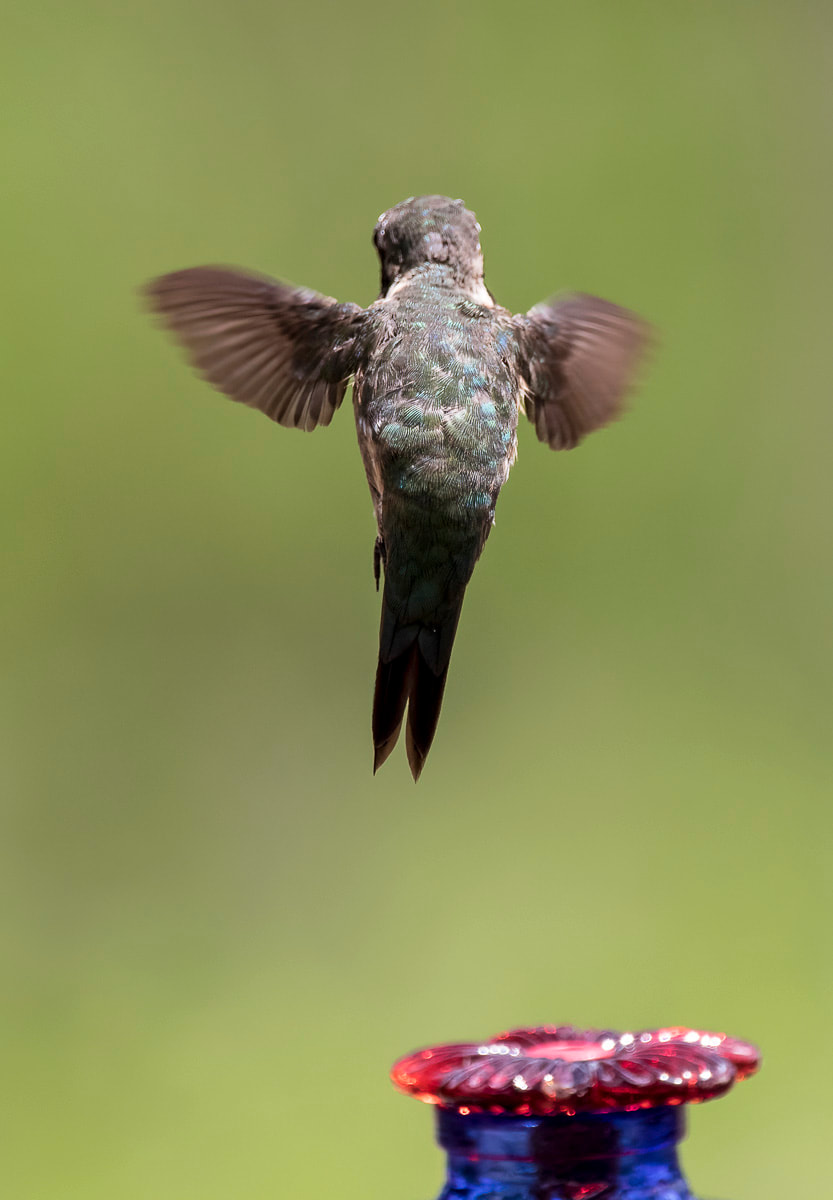
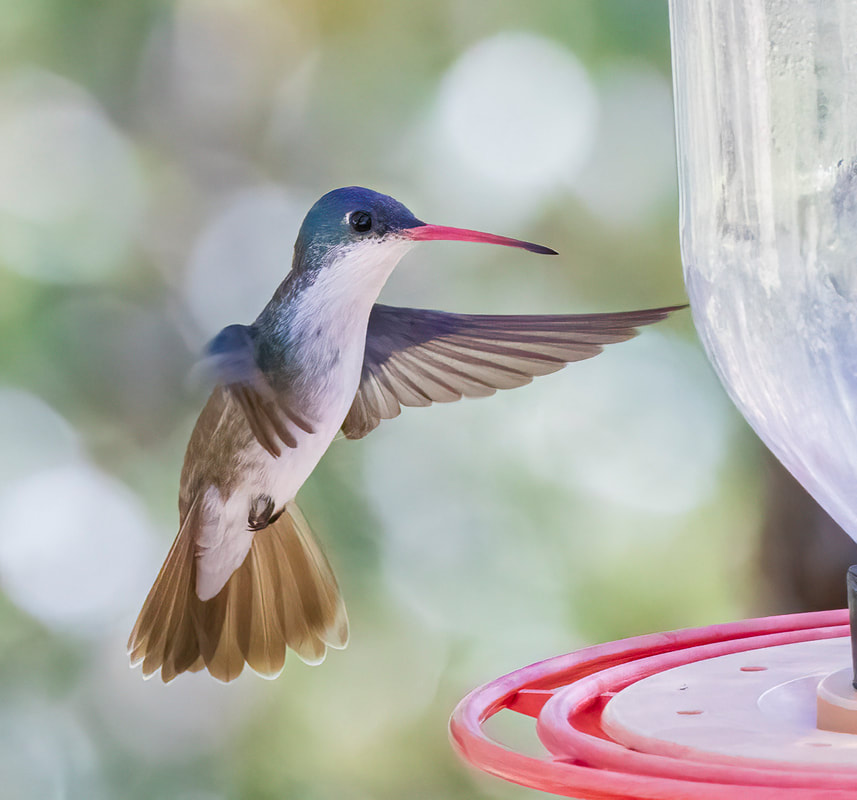
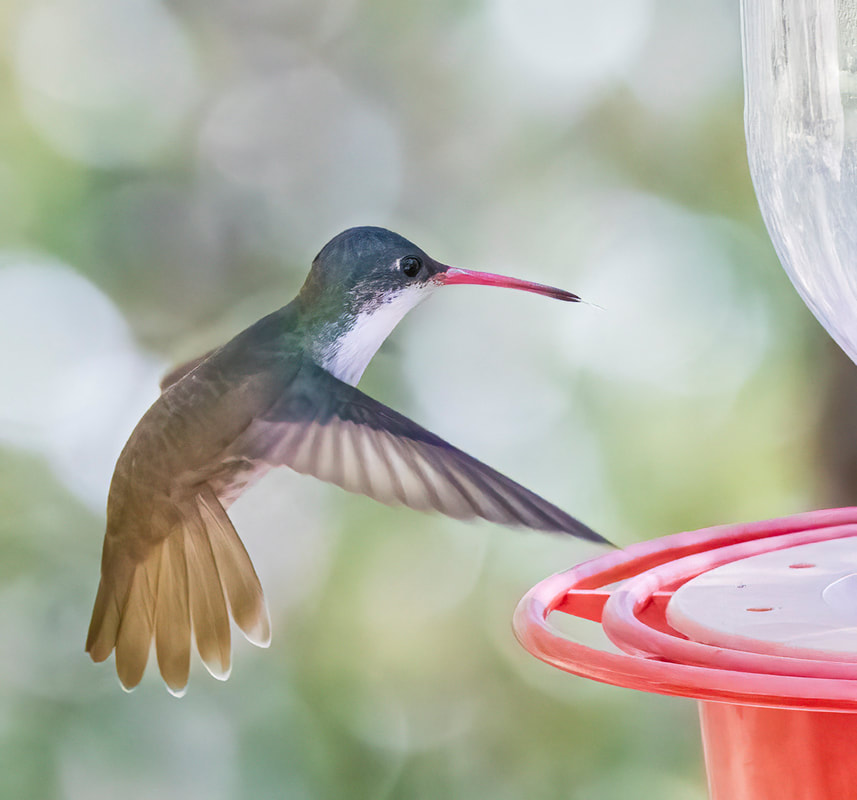
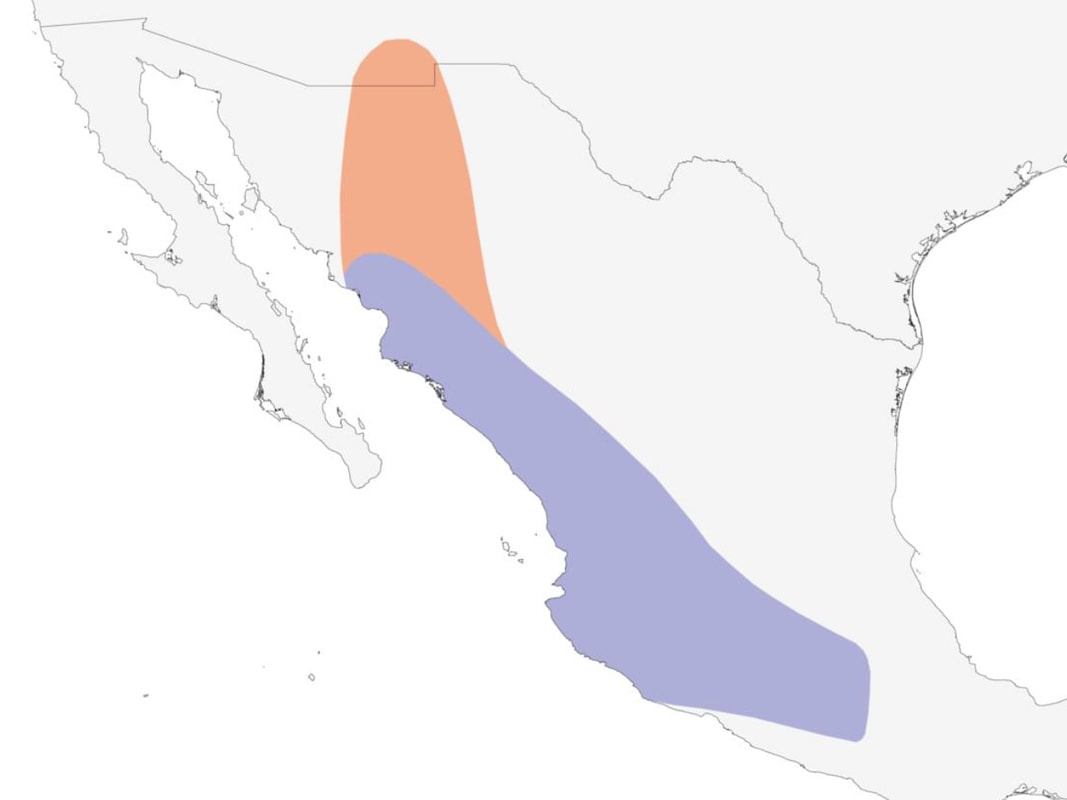
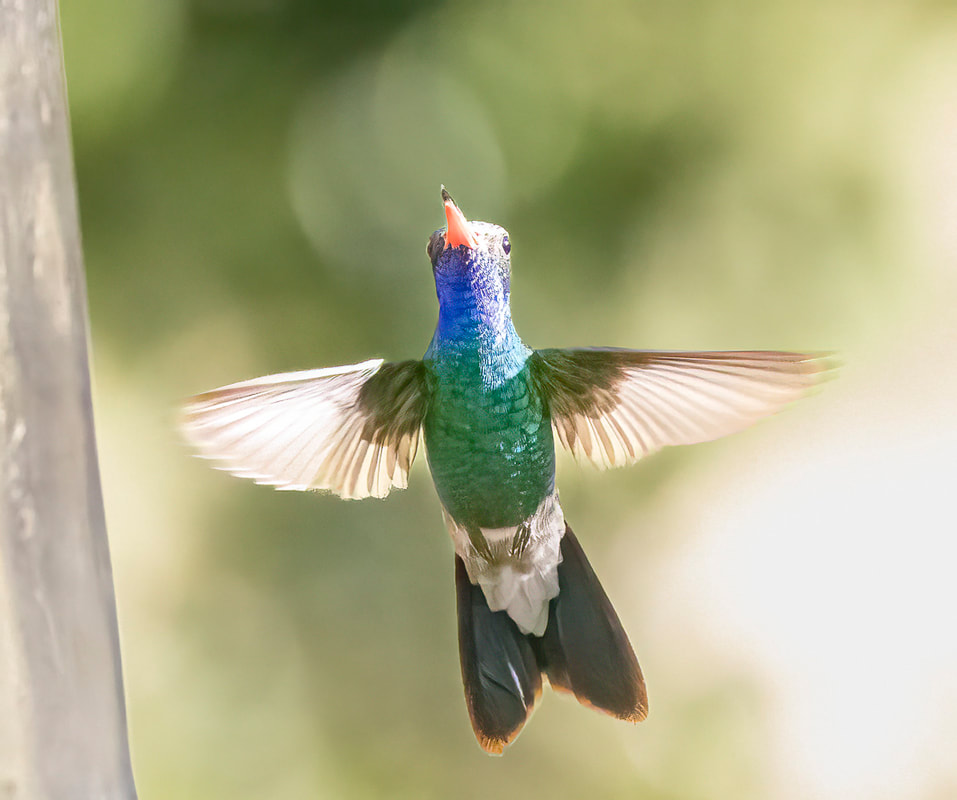
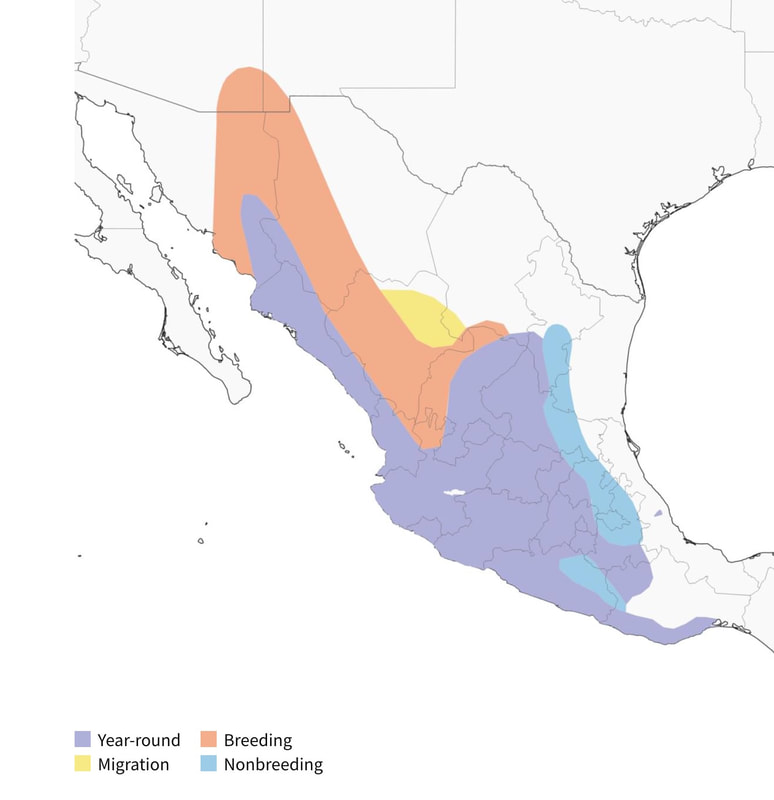
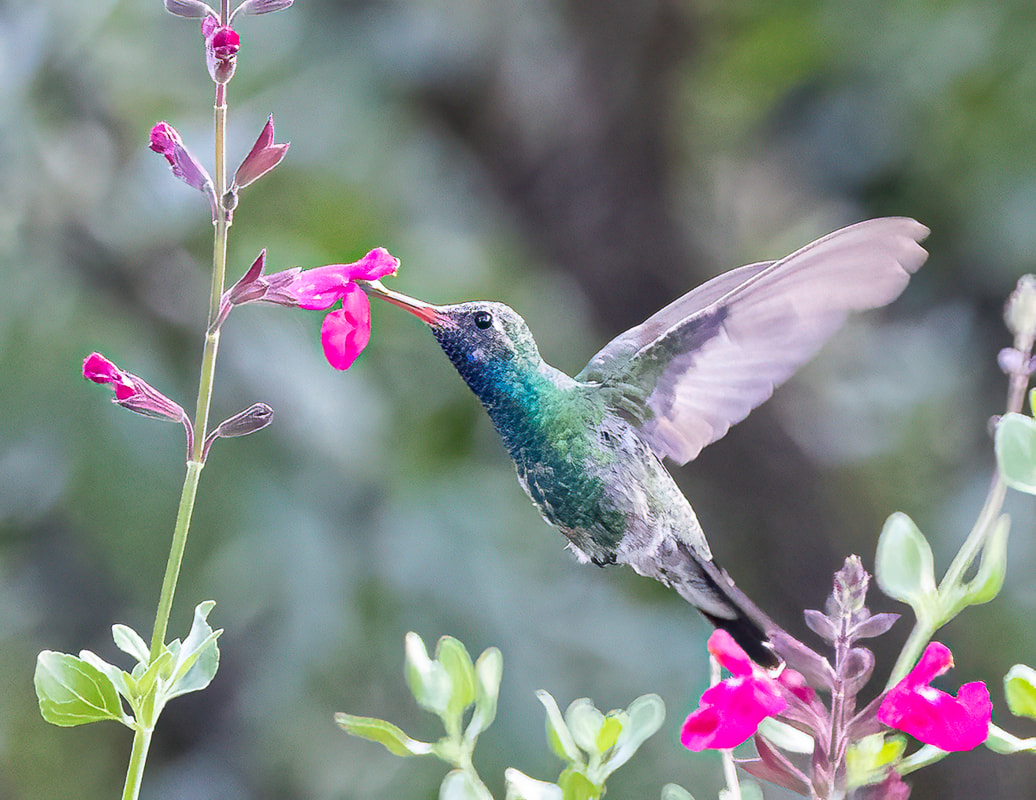
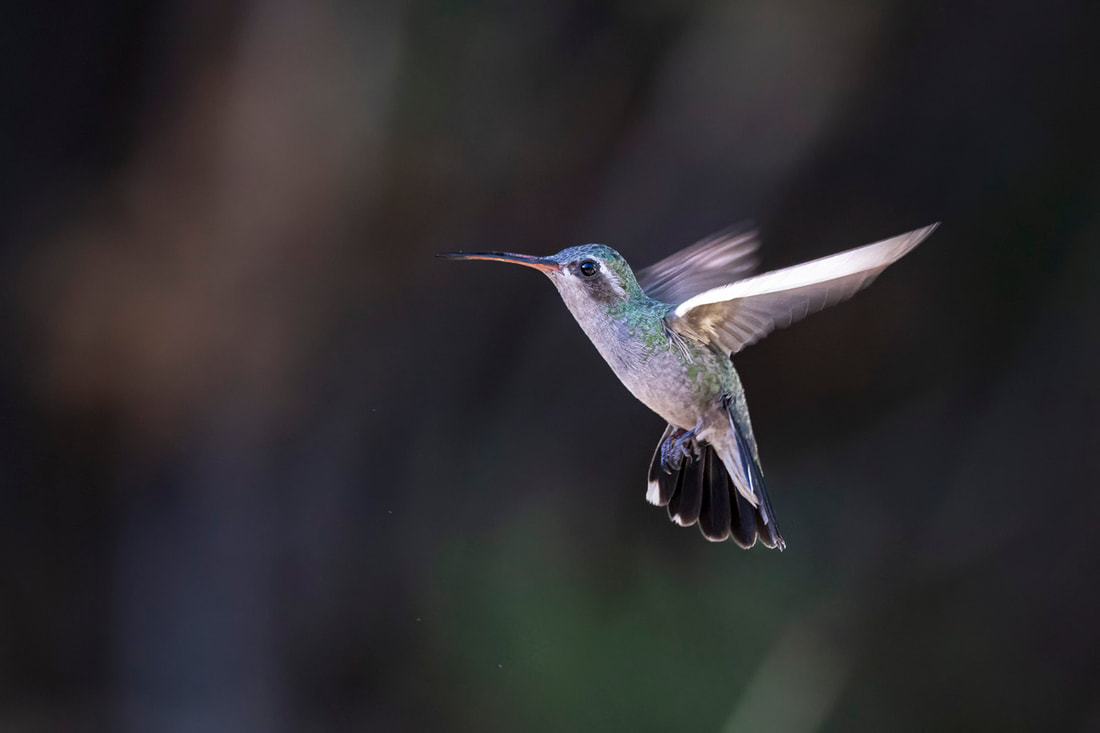
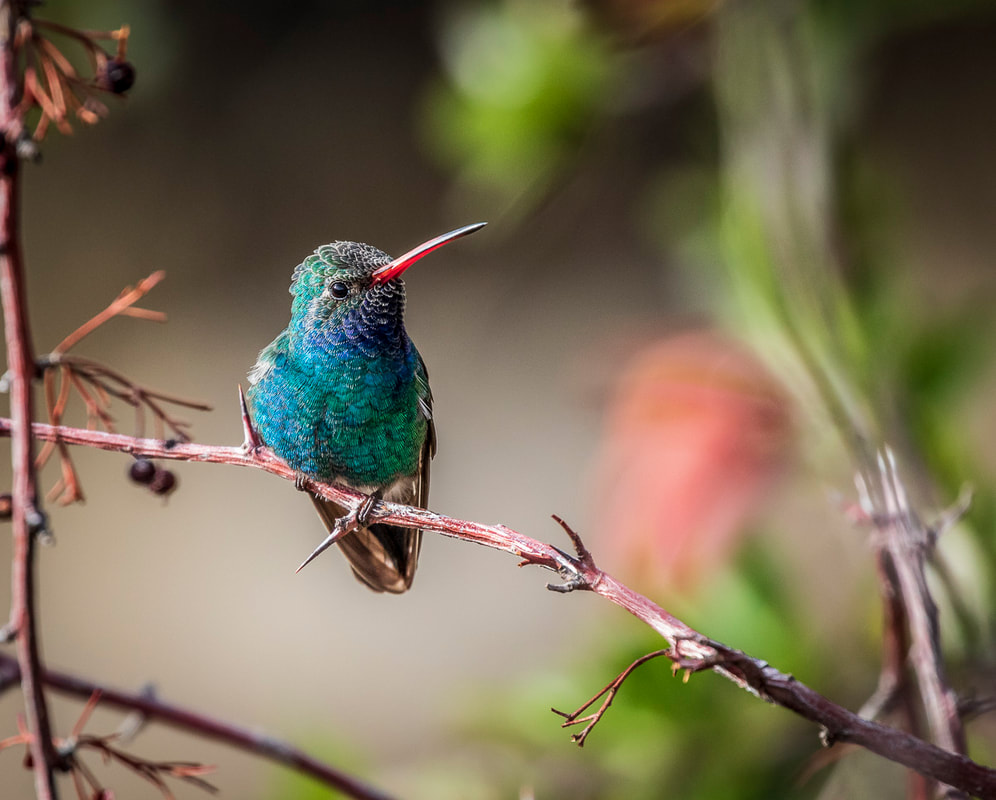
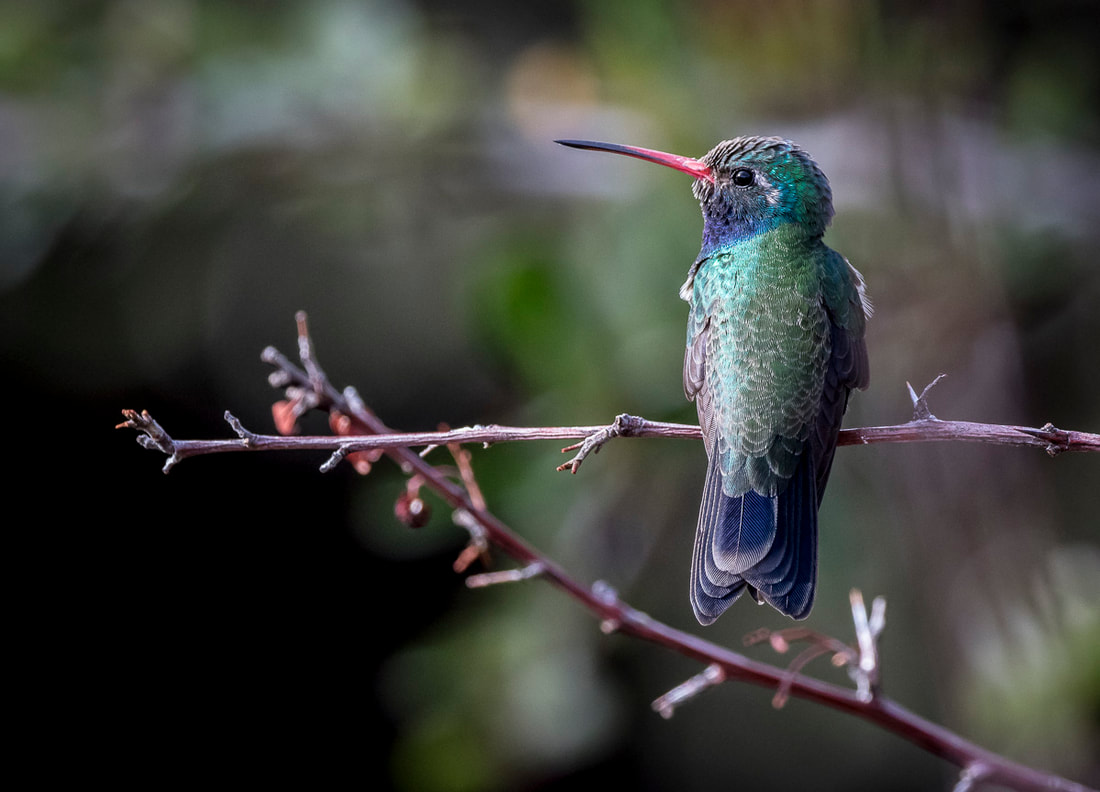
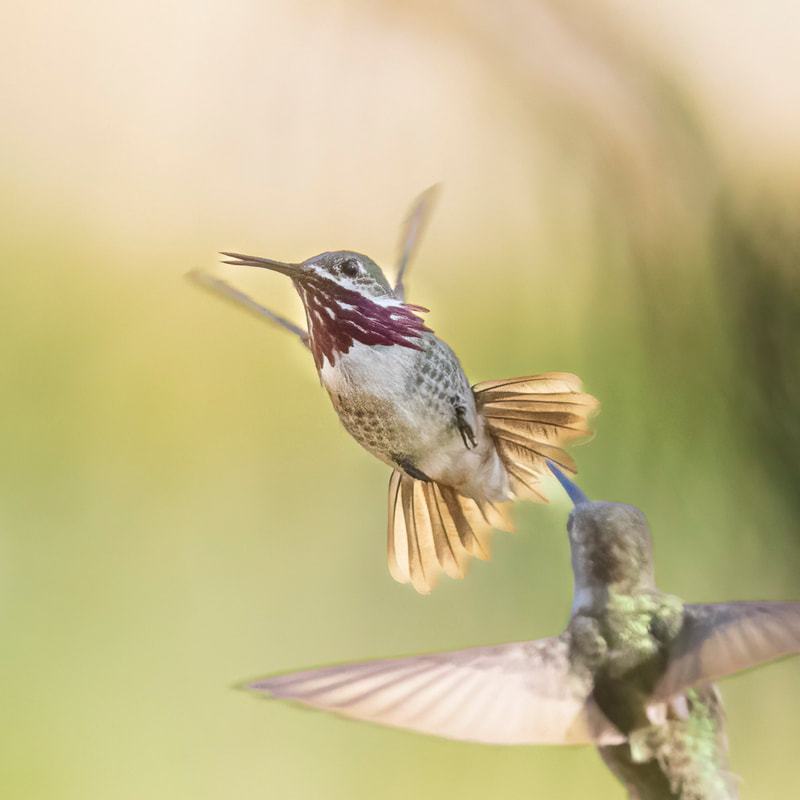
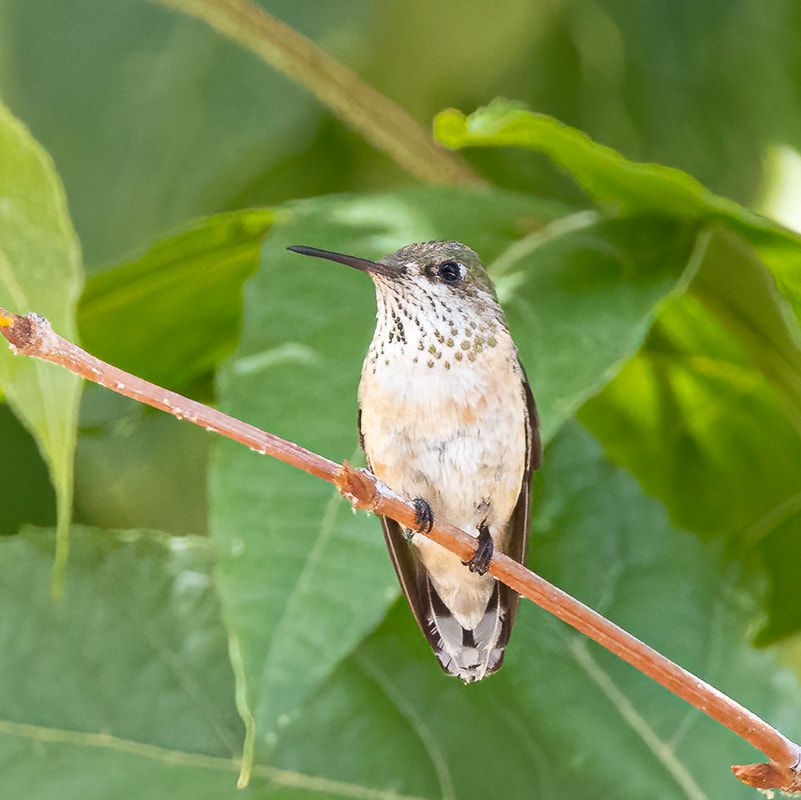
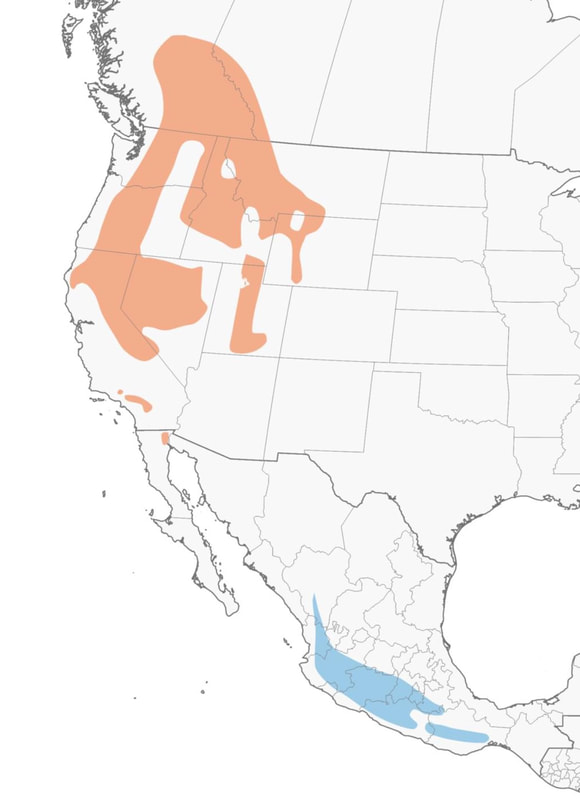
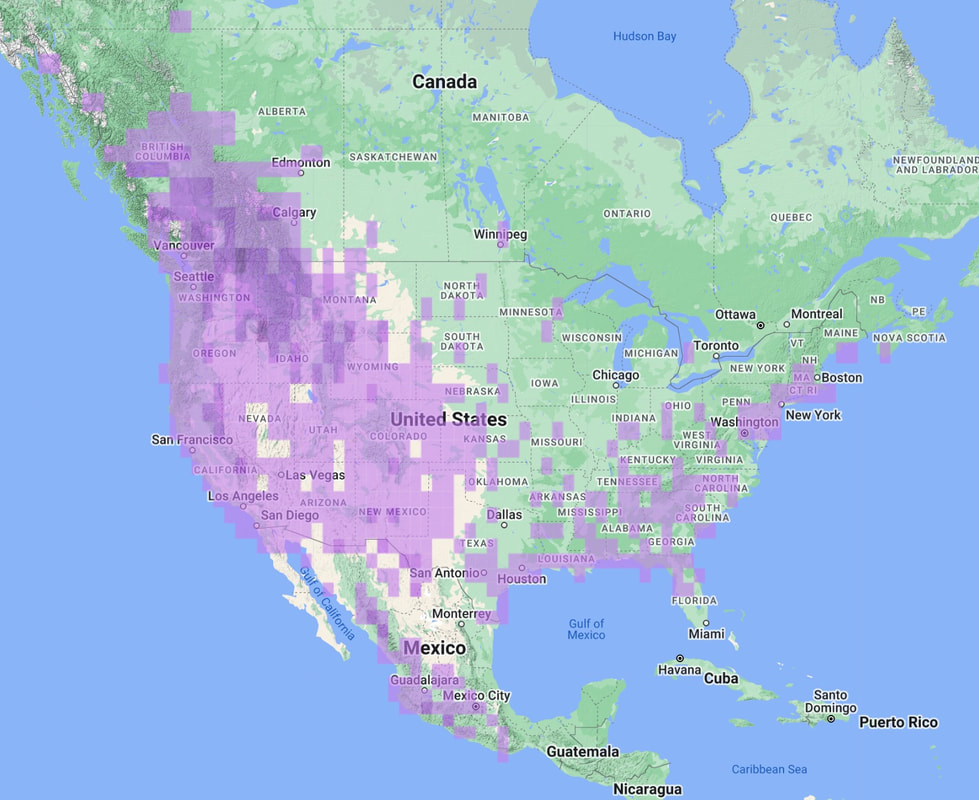
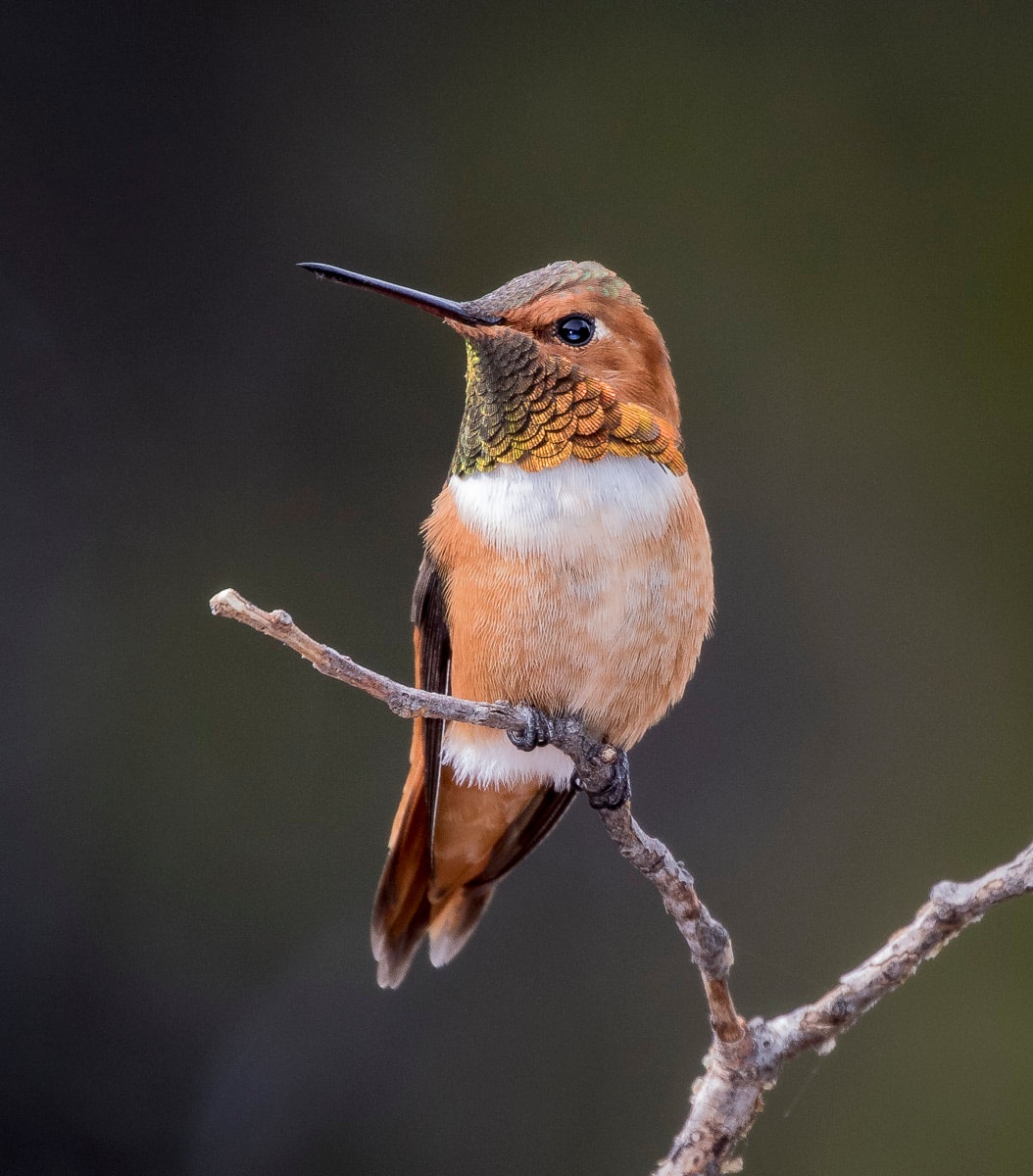
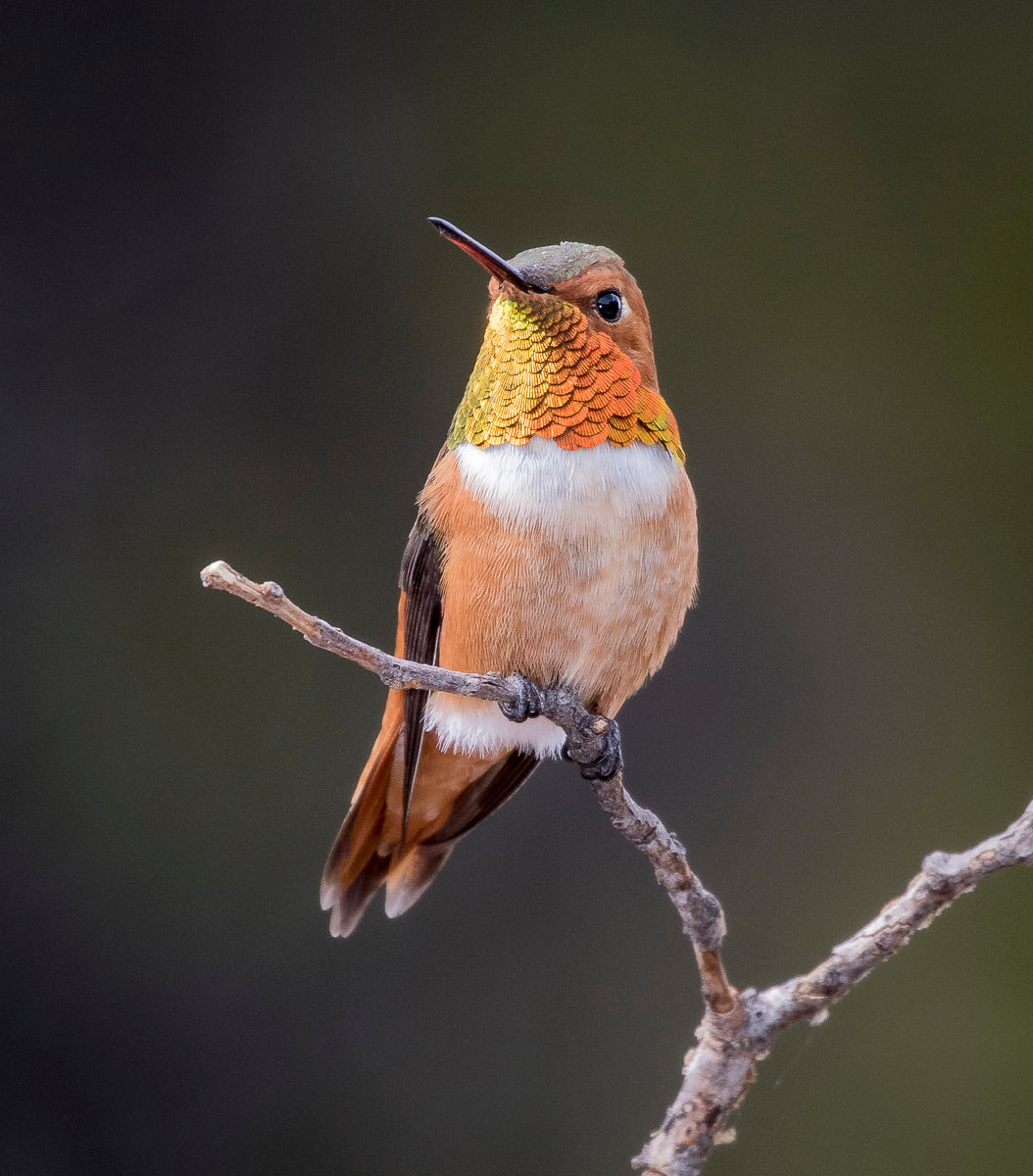

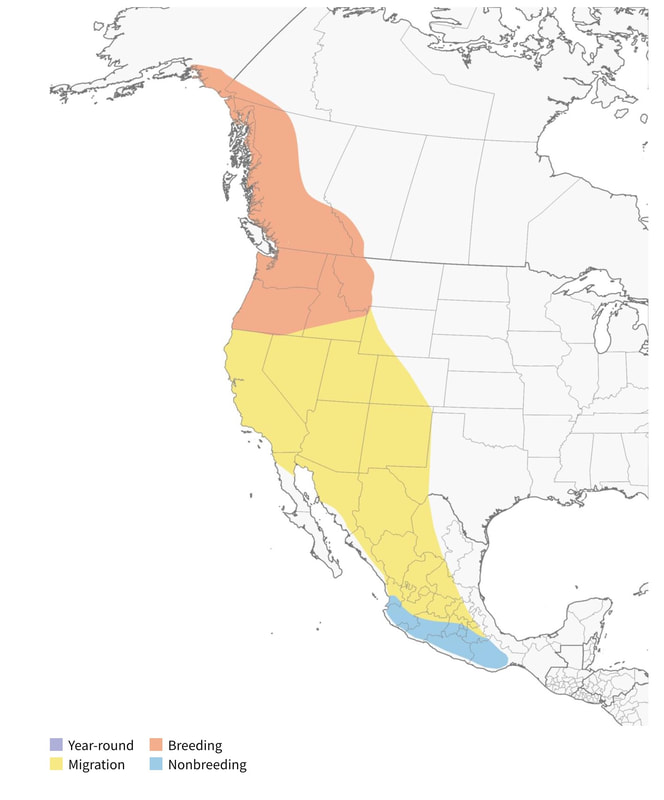
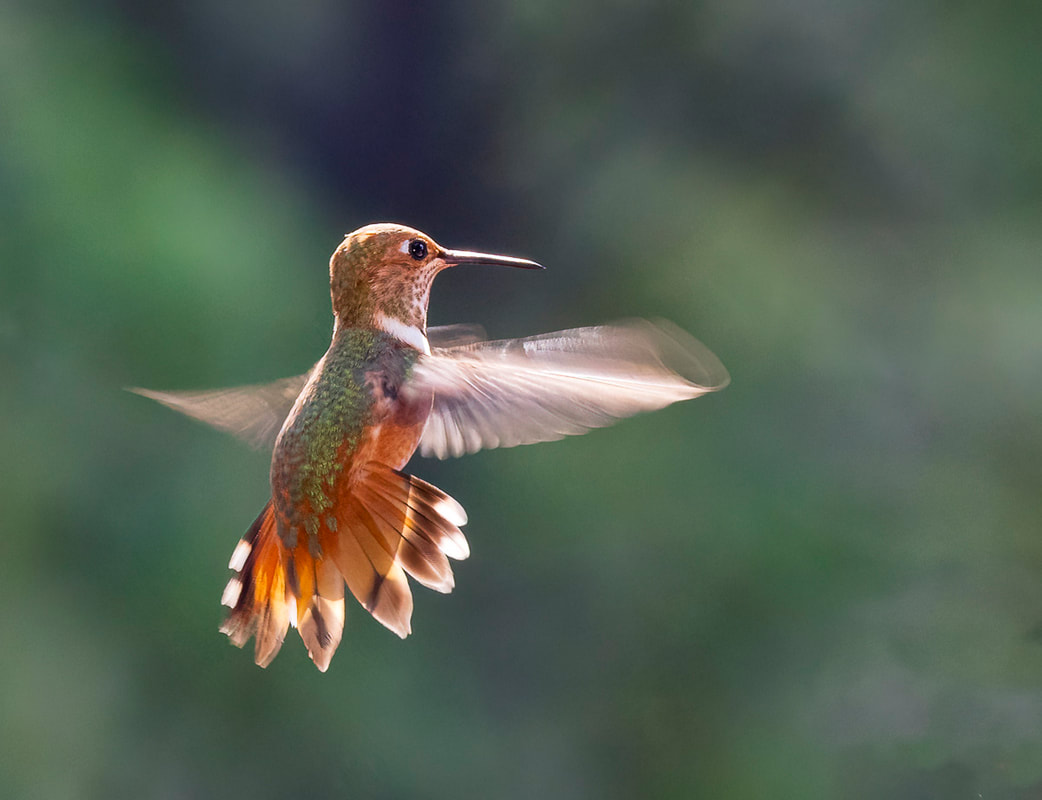
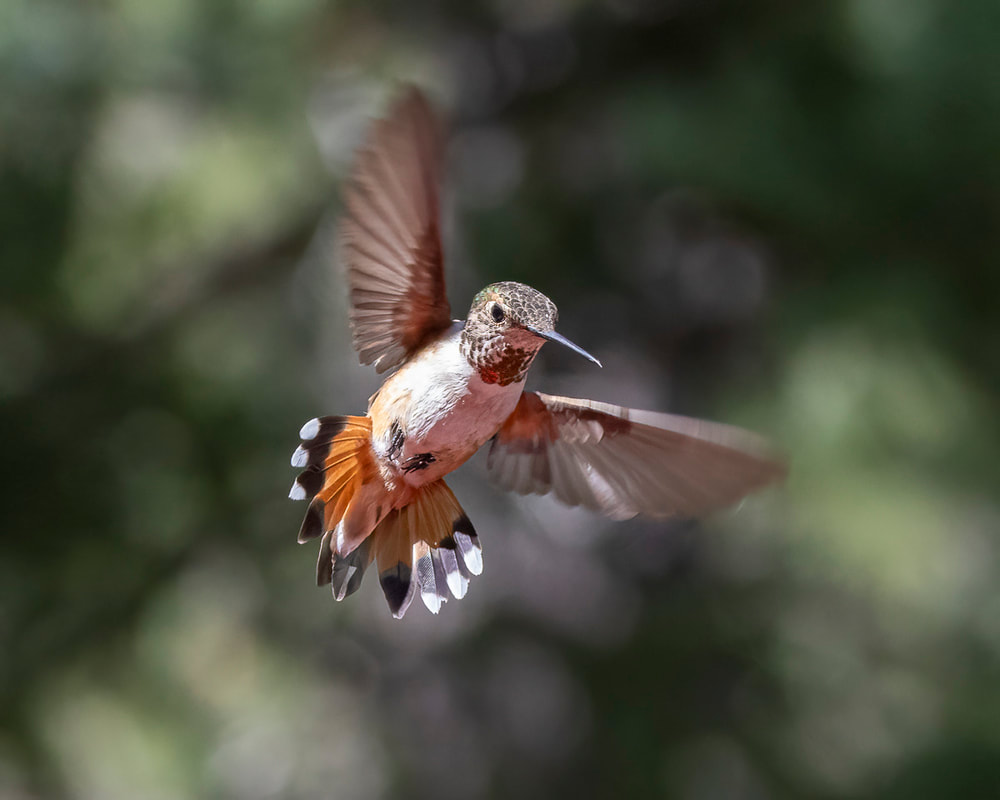

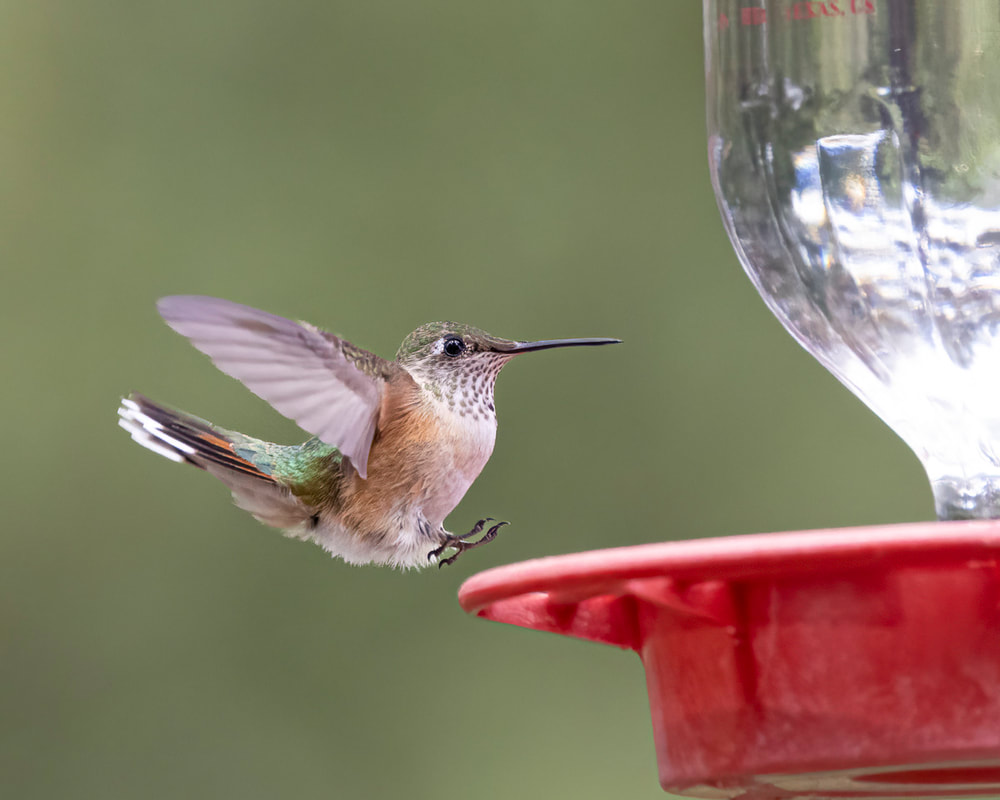
 RSS Feed
RSS Feed